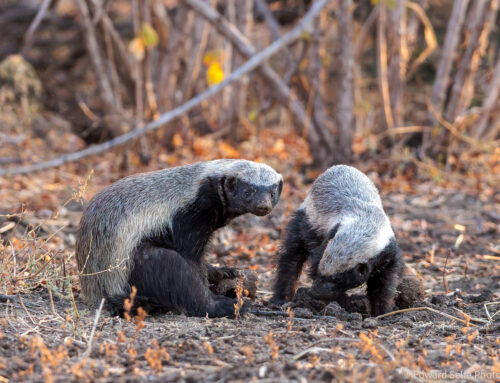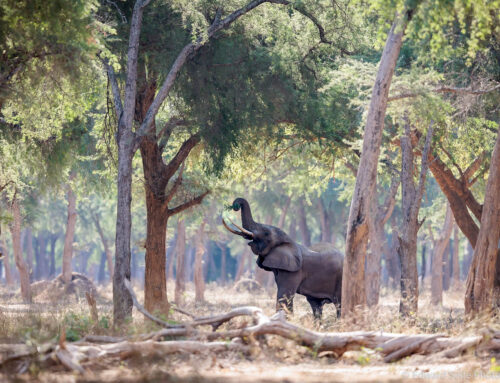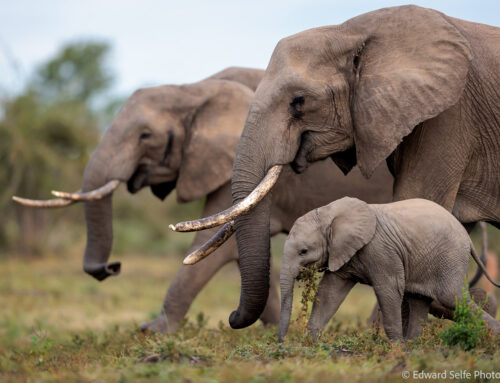This trip had, like so many, been postponed, but this one was rare in that it was only postponed once, not twice! I was really pleased to meet up with the group in Lusaka on 12th August, ready to fly out to the Kafue National Park early the next day.
It was to be a long trip, spending time in 6 different camps in 3 different National Parks. Over 3 weeks, we would have time to really explore each area, taking time on sightings and learning about the back-story behind all the operators and the conservation work undertaken to protect the natural heritage of that park.
In Kafue, we stayed with Classic Zambia at their Musekese and Ntemwa-Busanga Camps, and also with Wilderness Safaris at Busanga Bush Camp. In the Luangwa, we stayed with the Bushcamp Company at Chindeni and Bilimungwe Camps and in the Lower Zambezi, we chose Anabezi Camp. All of them took great care of us, offering a tailored and memorable experience. No effort was too much trouble and it’s certainly true to say that their flexibility over early breakfasts, packed meals for game drives and adjustable dinner times contributed heavily to the successful sightings that we enjoyed. Thank you to Roy, Diane, Phil, Tyrone, Tony, Chiambi, Mutale, Sheila, Steph, Dennis and Mpunga and all your teams. You made everything possible.
As always, here follows a caption-based report of the trip. As always, there is more, and with videos incorporated, on my Instagram page. Check out the highlights section on my profile page.
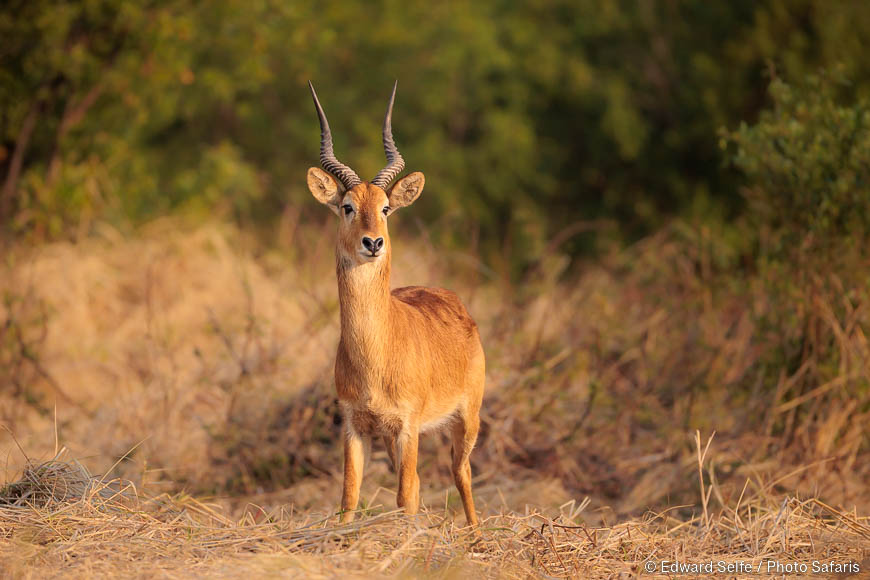
We started the trip at Musekese Camp, a beautiful tented camp overlooking a long lagoon sandwiched between mature miombo woodland and the Kafue river. At this stage of the year, there is little water around so the lagoon is teeming with life.
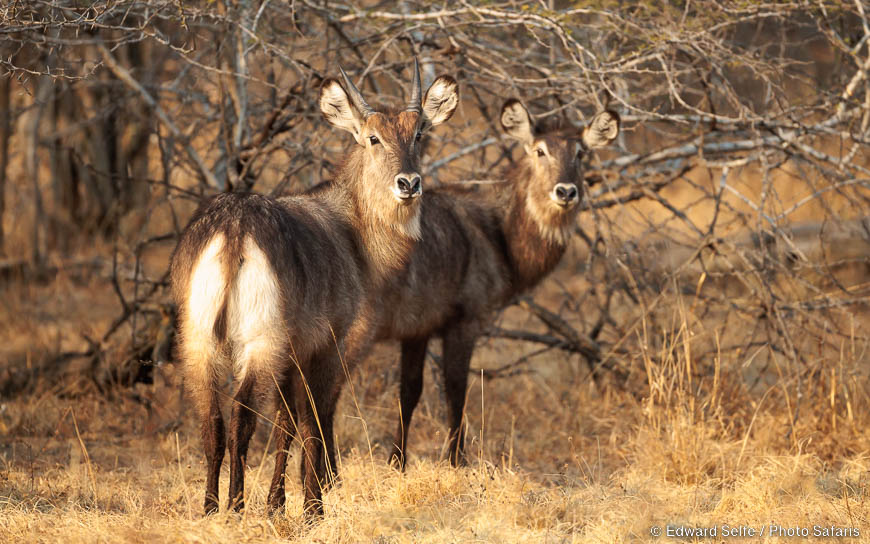
We spent the first afternoon getting back in to the swing of things, photographing waterbuck, puku and other antelope and listening to the sounds of the bush around us.
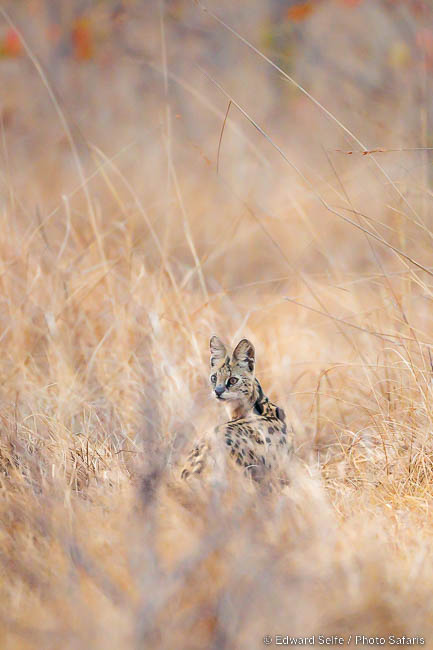
It wasn’t long until a nearby spurfowl alarm call guided us to a serval moving through the grass. This was a big treat for our first evening.
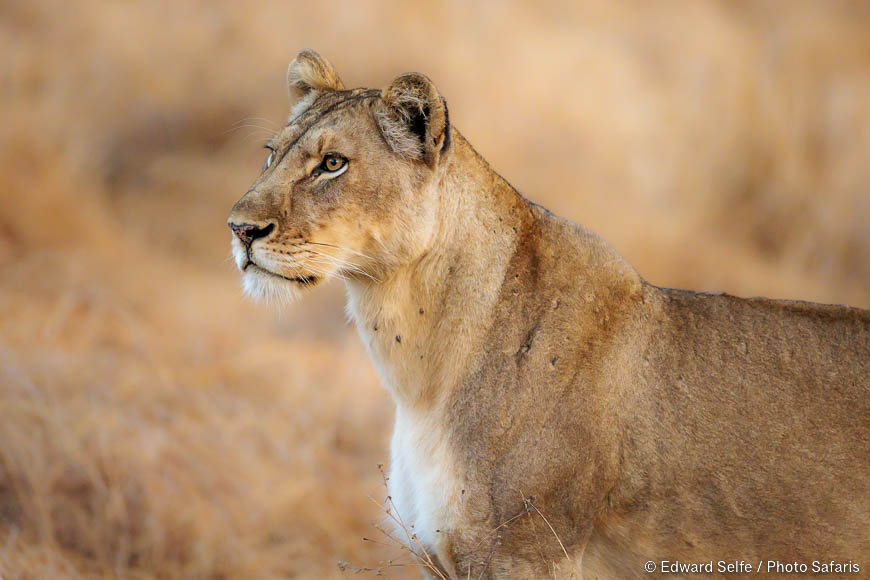
During the night we listened to the sound of lions, and especially this female who spent much of the evening around the camp.
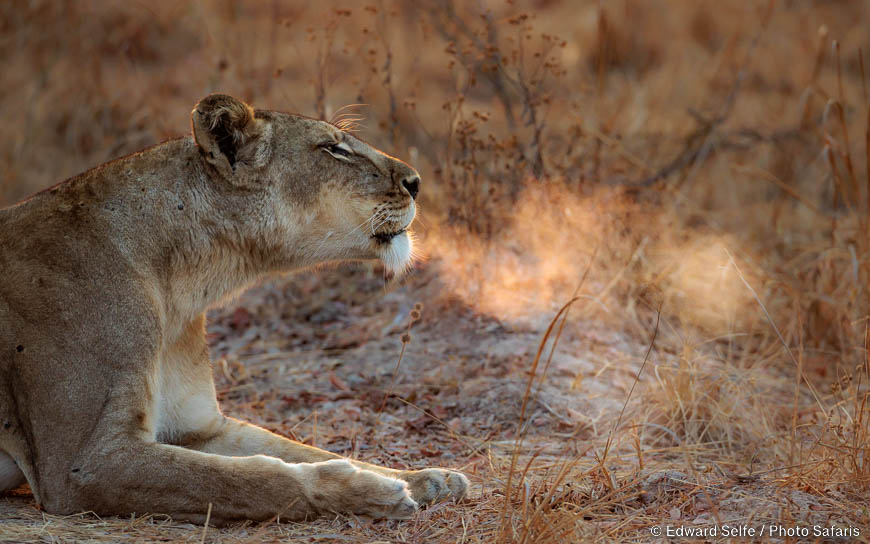
The prides in the Musekese area seem to remain small (2-3 females with their cubs) and this female is one of 2 from the SCZ pride. She is often alone however, as she lost her foot in a snare wire in 2015 and is therefore often left behind. We spent the morning following her as she called for the rest of her pride in the cold air.
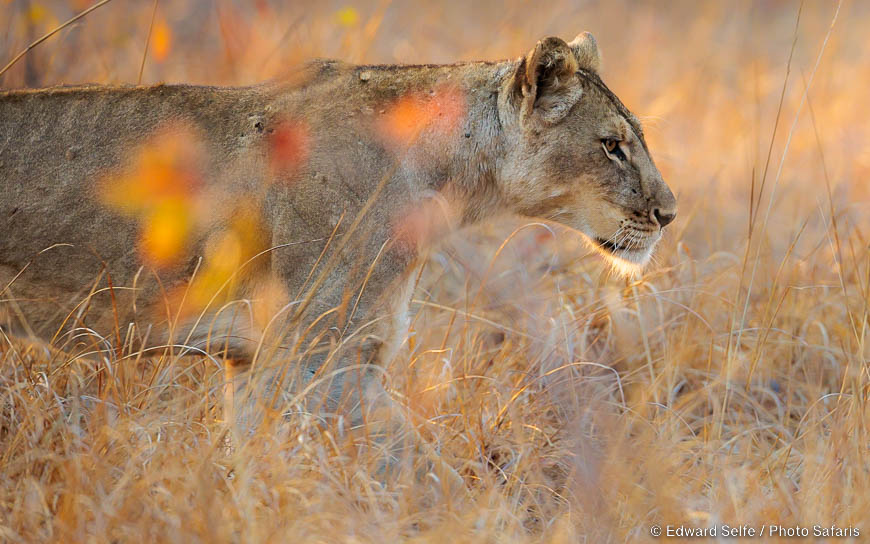
However, rather than her story being a sad one, she is an example of the resilience and the determination of nature and a reminder to human kind of the way that wildlife will recover and thrive if we give it space.
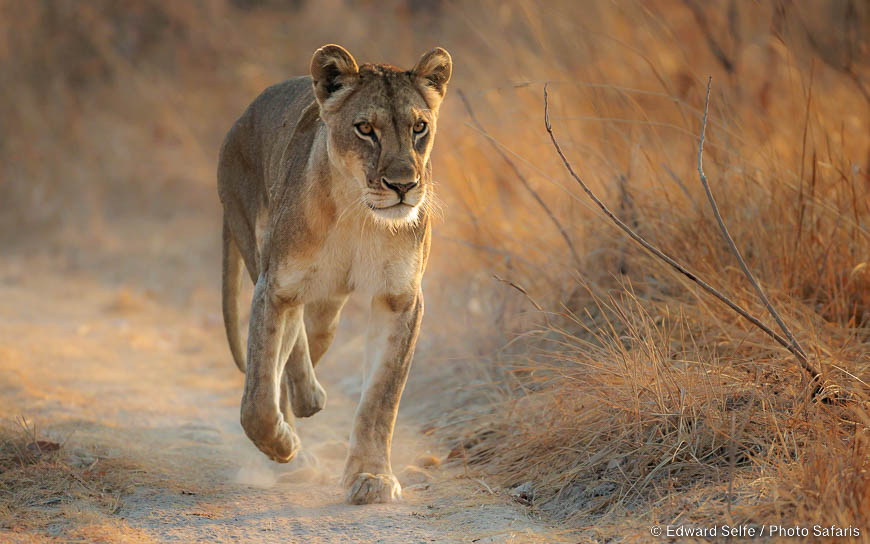
She thrives by hunting occasionally and scavenging regularly from other carnivores. I imagine that the local leopard population are not thrilled by her preferred methods of obtaining food!
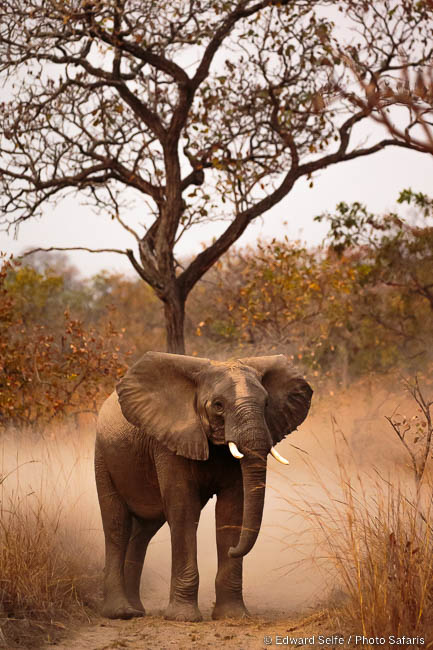
Late that evening we found a herd of elephants which were dust-bathing in the last light of evening. The colours at this time of day are very special….set the ISO high and keep shooting!
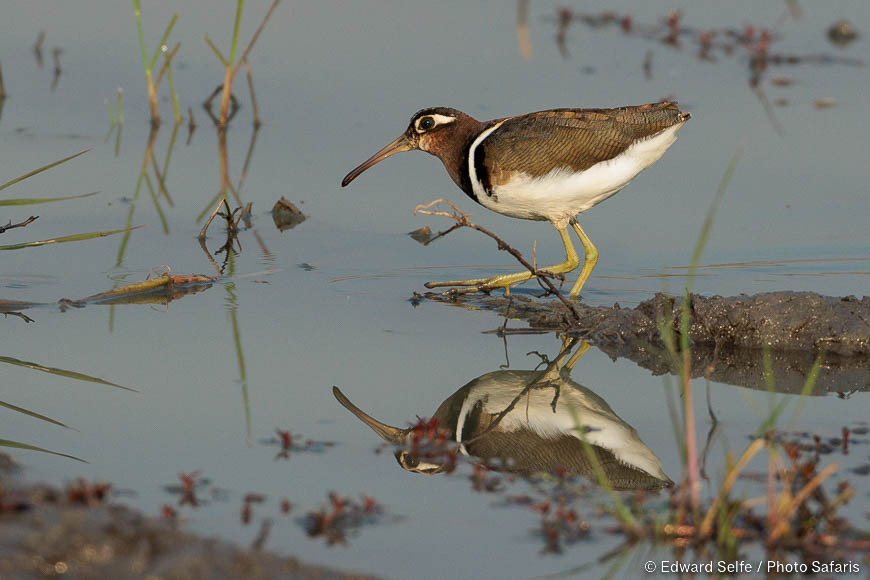
We had a lot of great birding while we were in the Kafue too, both from the vehicle, such as this Greater Painted Snipe….
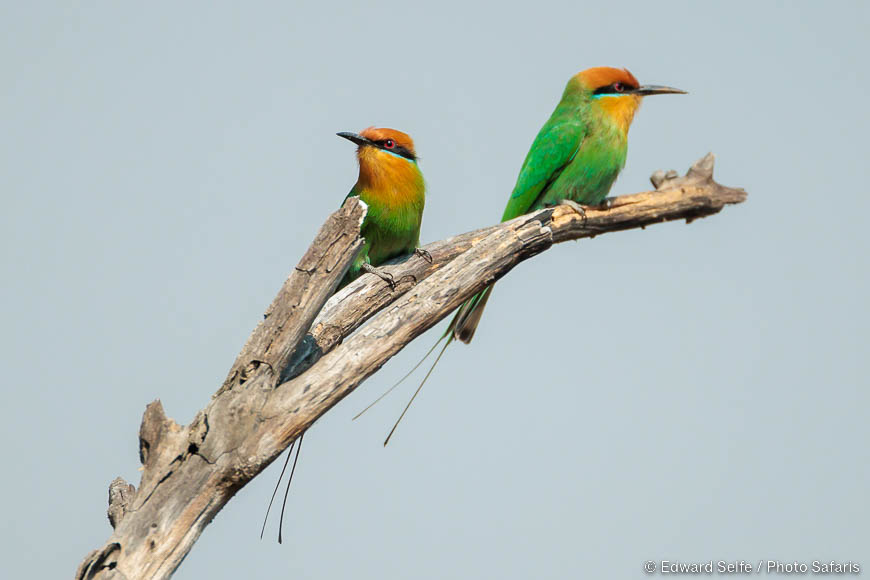
…on foot while in camp with these Bohm’s bee-eaters….
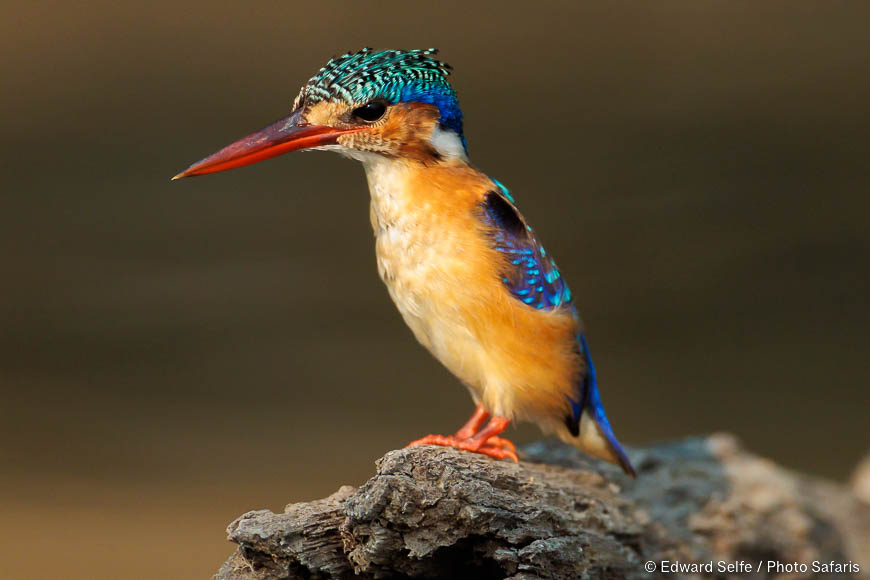
…and out on the water in their swamp boats, such as this malachite kingfisher….
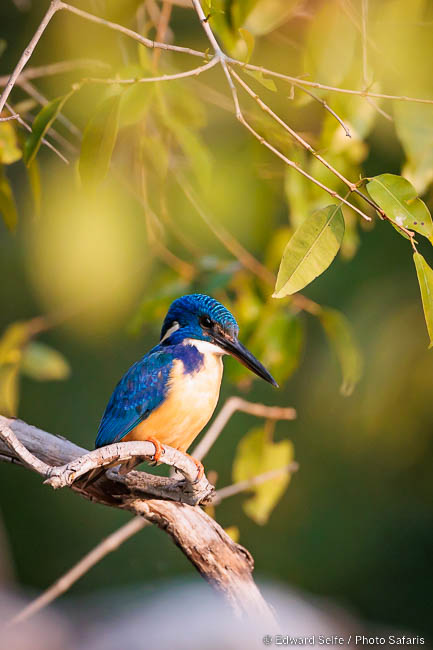
…and this half-collared kingfisher.
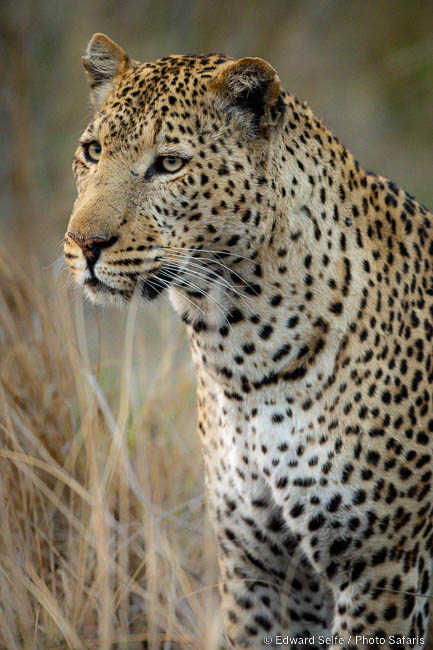
Our guide Phil knew that if we returned to the harbour before dark, and sat quietly, there was a good chance that we’d hear the alarm calls associated with a prowling leopard nearby. True enough, this massive male was soon located, and he even paused to allow us to get sharp photos in the failing light, though he otherwise showed almost no awareness that we were there!
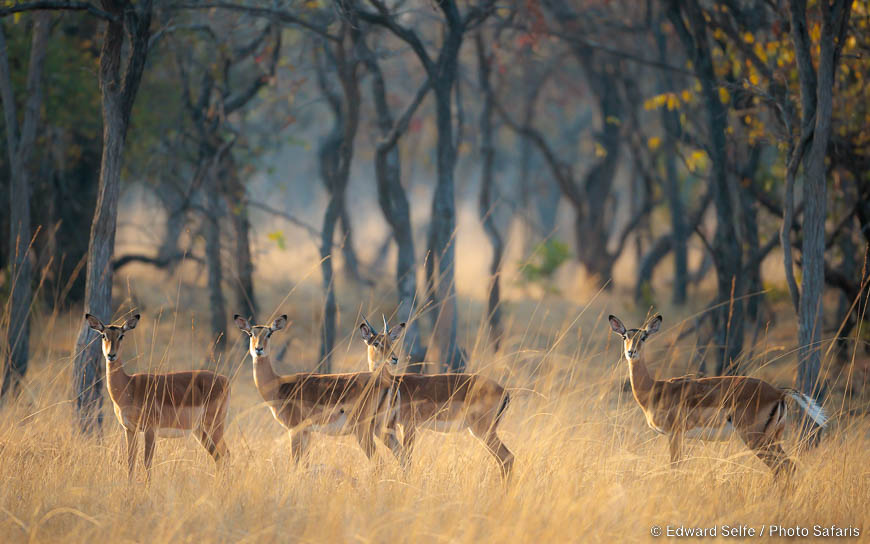
It was fun to explore all the habitats of the Kafue including a morning heading south to the Special Conservation Zone, an area of the park set aside for no development and minimal access.
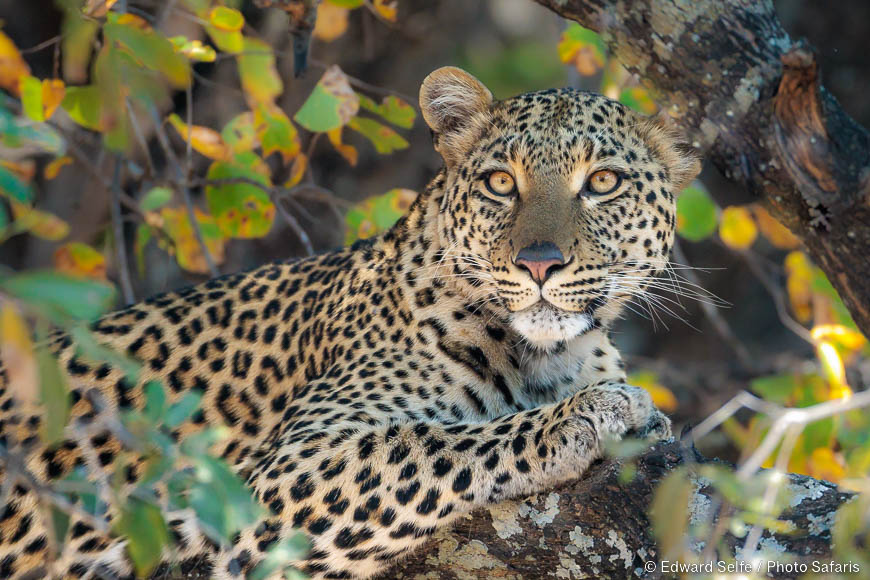
We got lucky on the way home in the heat of the day when we found this female leopard coming back from water to her resting place in the tree.
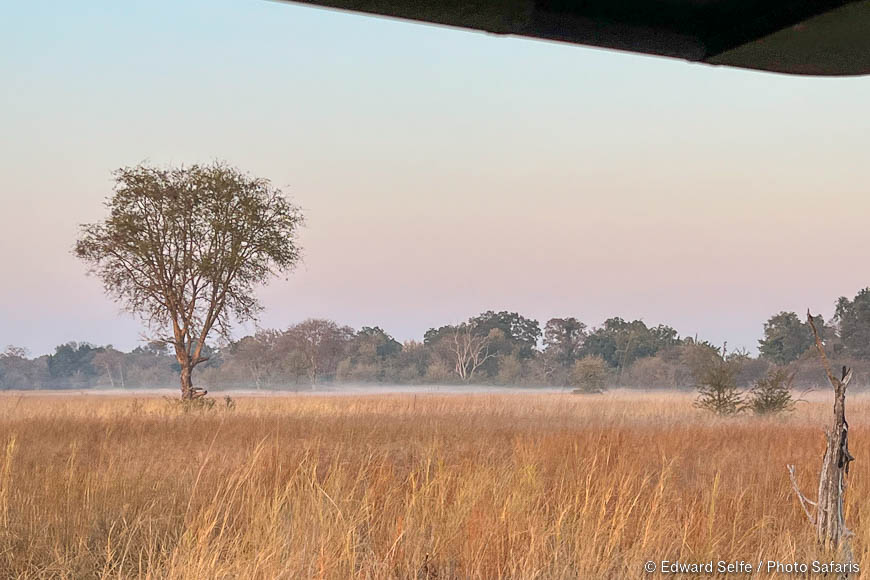
Misty mornings in the Kafue winter.
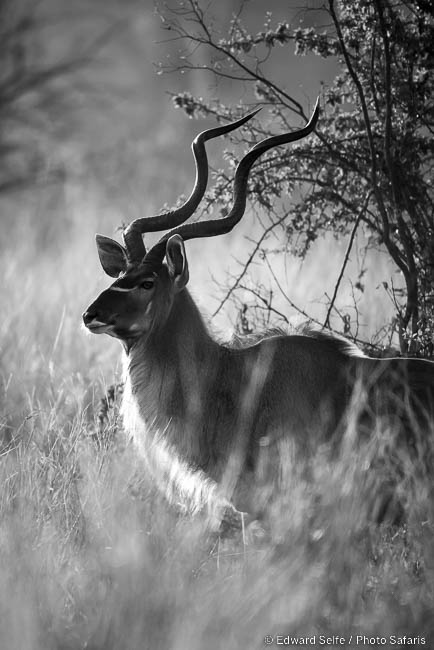
Lots of dust in the atmosphere makes for soft back light in the early mornings.
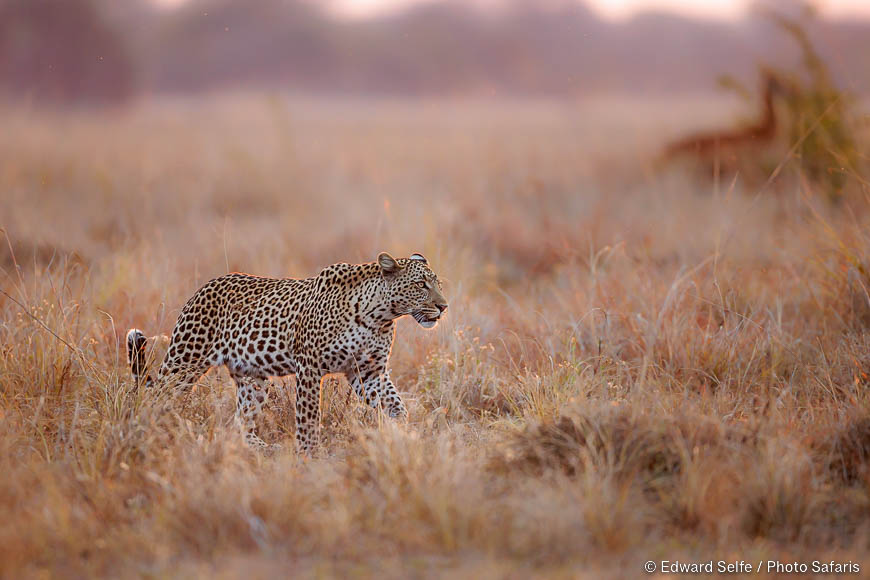
We drove up to Ntemwa-Busanga camp and, no sooner had we arrived, but puku alarm calls warned us that there was a leopard around. Tyrone ran for the game viewing vehicle and we grabbed cameras and jumped on board. This young male leopard was crossing the plain against the pink light of sunset….
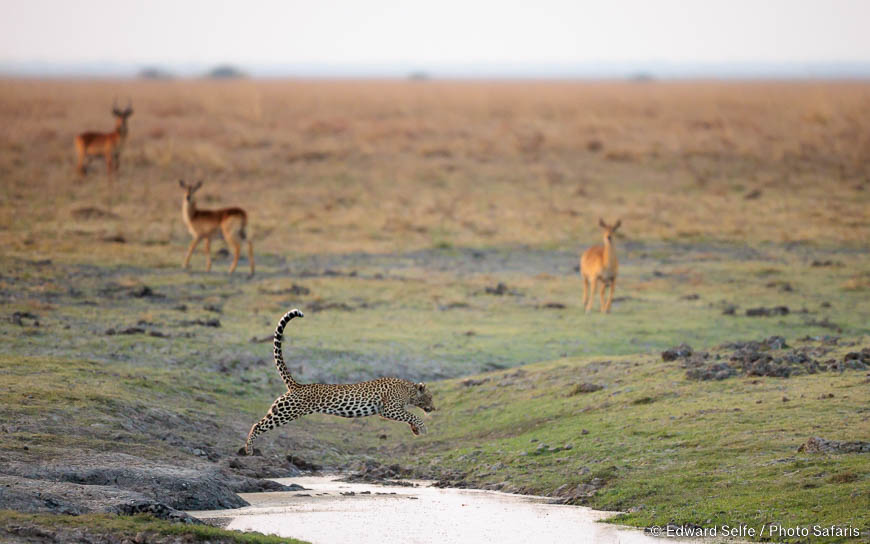
…and then he jumped the channel and started to drink!
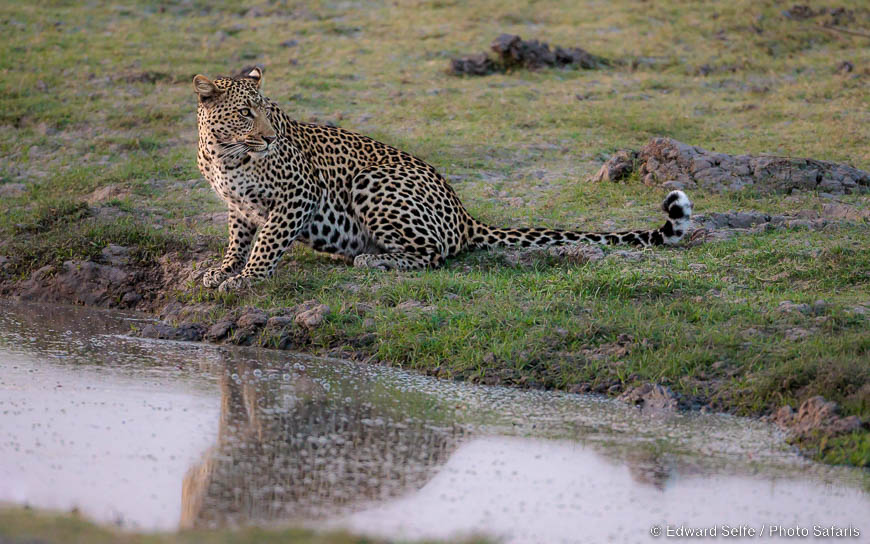
What a start to our time at Ntemwa!
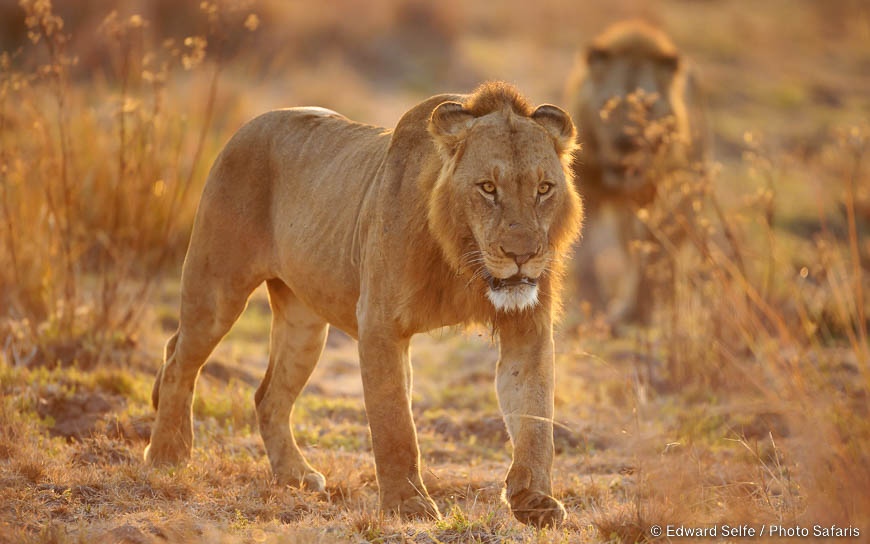
Our time in Busanga continued in that vein. Lions in the early morning light…..
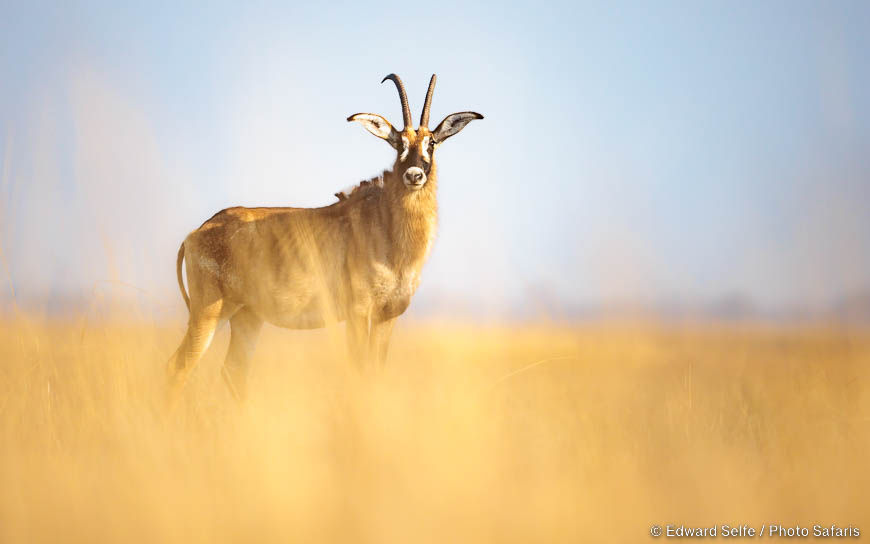
…..close up encounters with roan antelope, such a special of the Kafue.
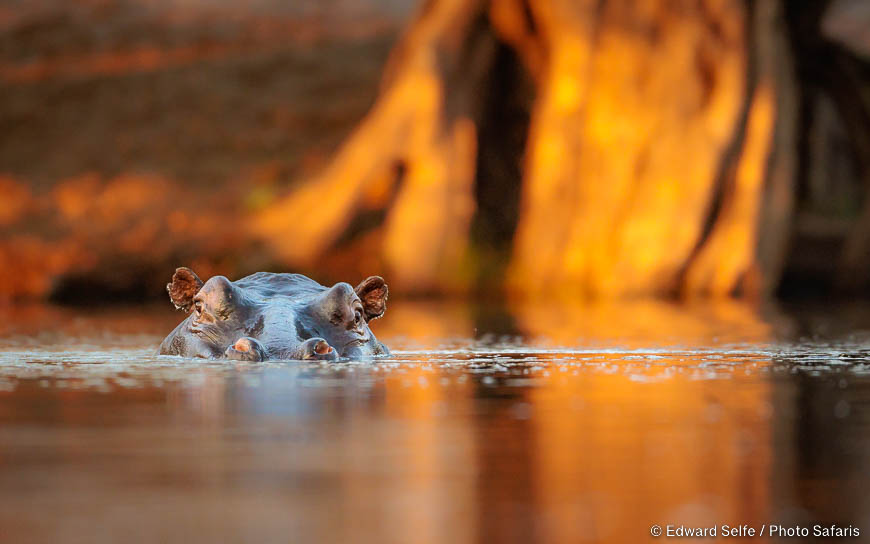
Sometimes it is the perspective or the angle that one can get in a particular place which makes for great images — we have a lot of hippos in the Luangwa Valley but there aren’t too many places where we can get as low down as this!
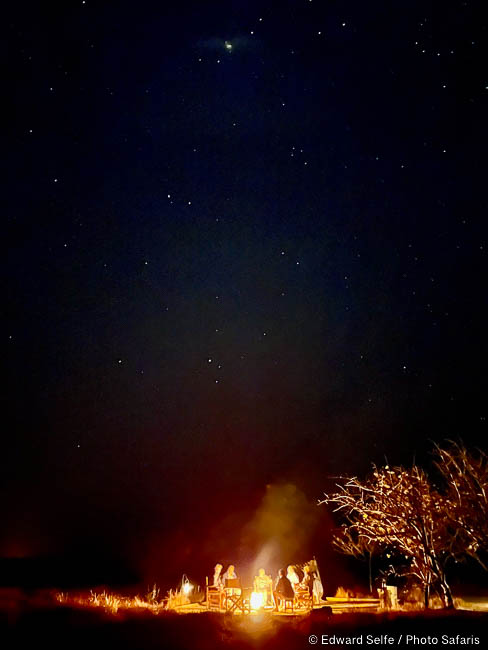
Dinner under the stars at Ntemwa.
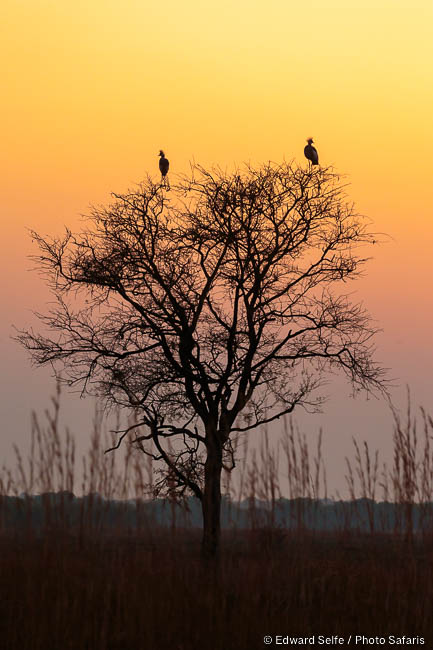
Heading up to the plains early morning, pausing to take in crowned cranes roosting on top of a tree.
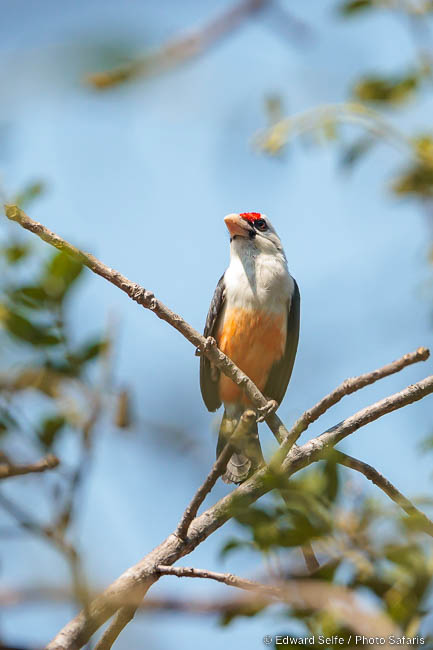
The camp has a waterhole which attracts specials such as the black-backed barbet.
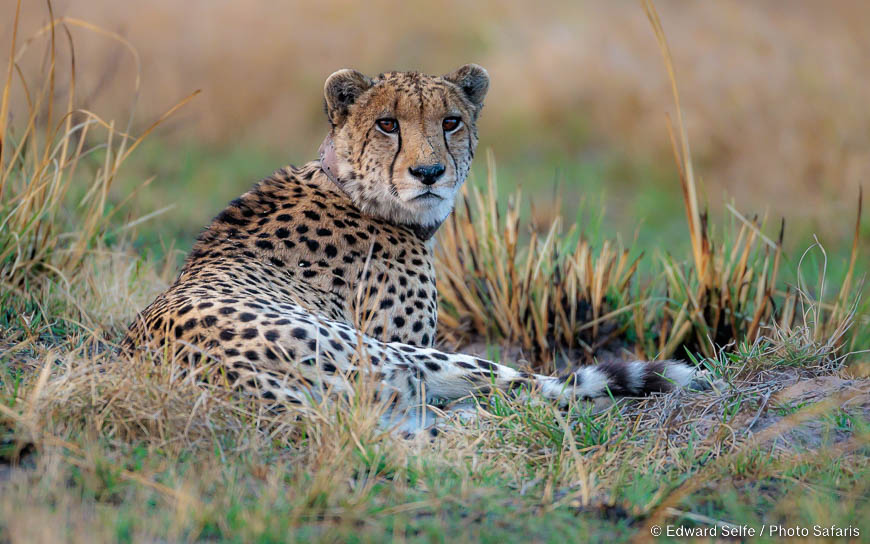
Late one morning, Tyrone spotted a lump below a tree. Without his years of experience in the Kafue, we’d have driven straight past. The value of good local guides always shows through.
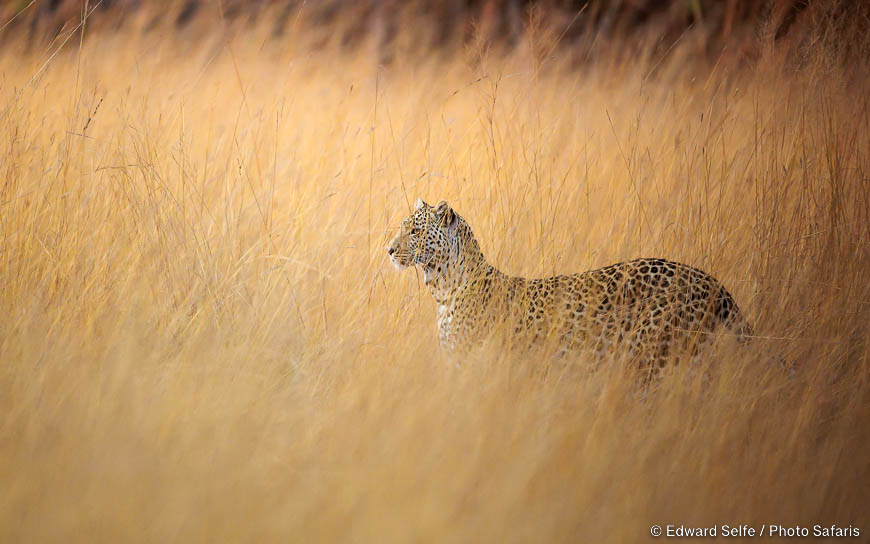
The cheetah didn’t move until way after dark, but we planned to go look for him the next day; bizarrely, we found him in almost the same place and very nearby this leopard which was stalking in the grass. The leopard caught a baby warthog and the cheetah was attracted by the squealing….
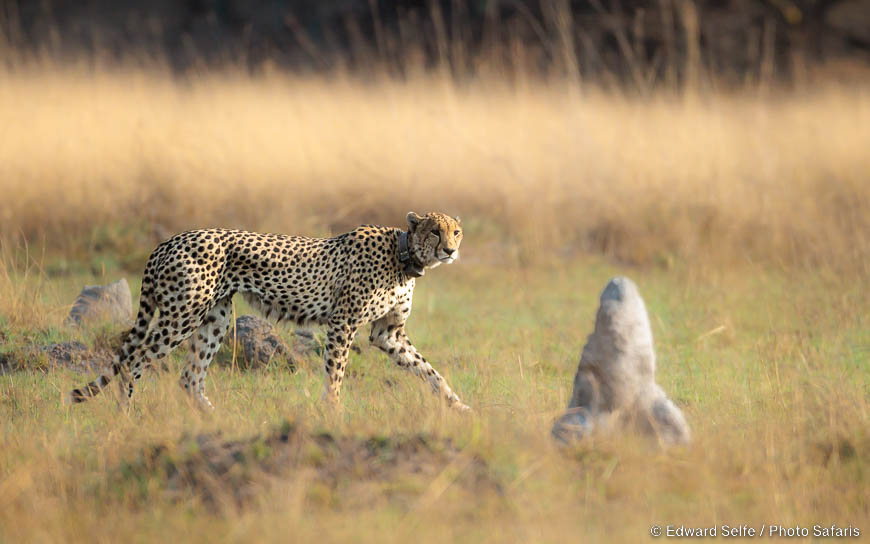
…but luckily he thought better of approaching as he would have come off second best to the stronger cat. We learned later that he had sustained an injury previously and was perhaps taking risks like scavenging while recovering, as it’s now well documented to find cheetahs scavenging in normal circumstances.
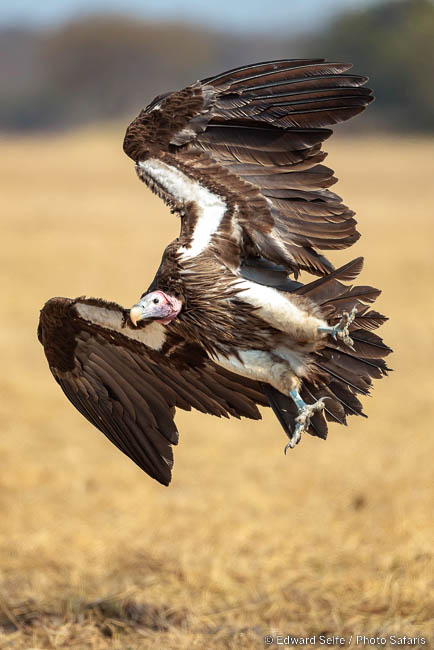
Vultures congregated on a lechwe carcass close to Busanga Bush Camp.
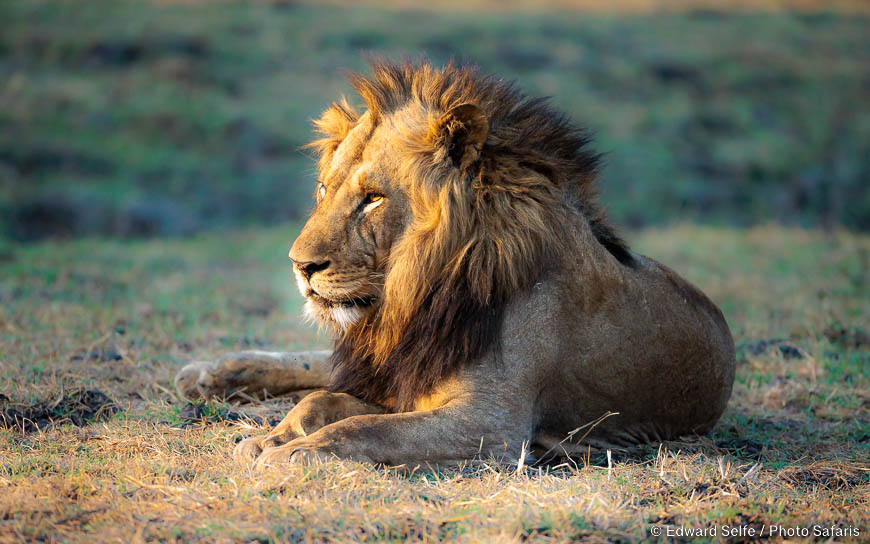
The Papyrus Pride newcomers, known as the General and Mohawk were hanging out near the camp.
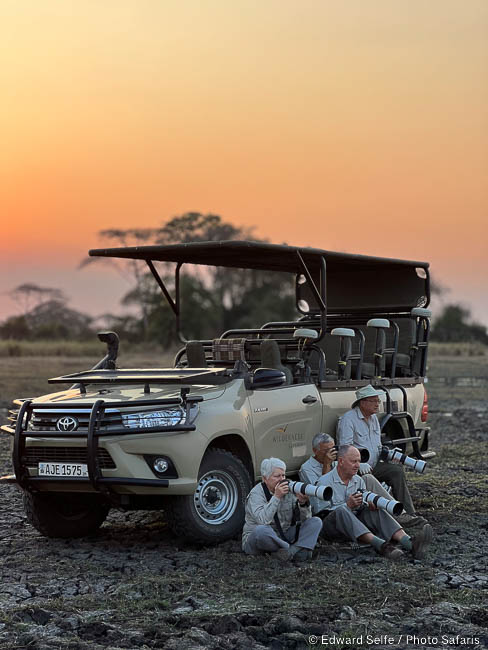
We spent time with the lions and, when it was clear that they weren’t going to move much, we moved to the water and sat low down near the hippo pools for low-angle yawn shots.
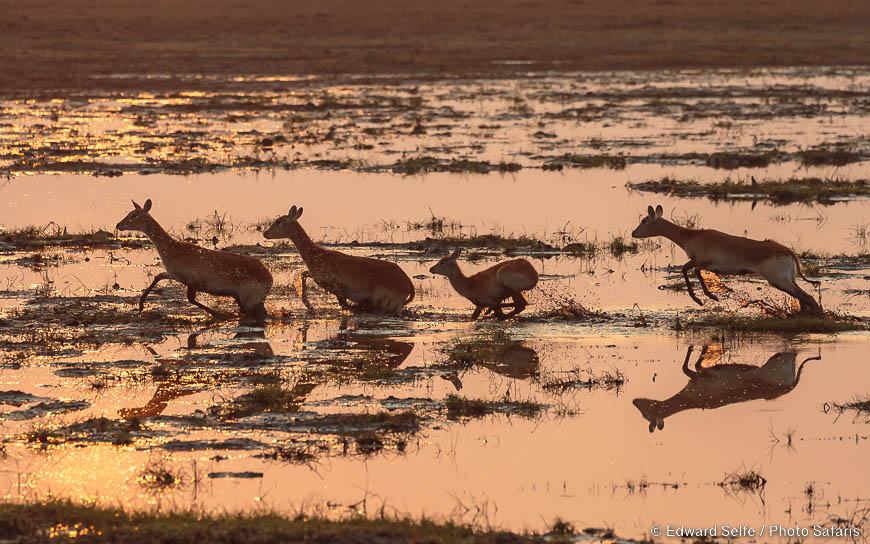
During our 2 days at Busanga Bush Camp we left early to capture the spectacular early morning light on the flooded ponds left along the Lufupa channel. Lechwe antelope are totally at home in the water, crossing it and even feeding in the shallow water.
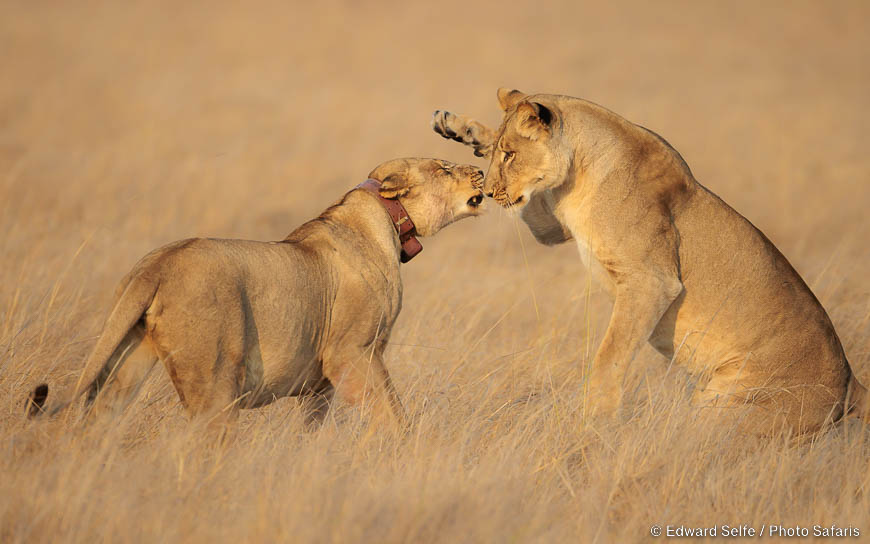
The rest of the Papyrus pride (this is Nala and her mother Princess) were found one morning. They played…
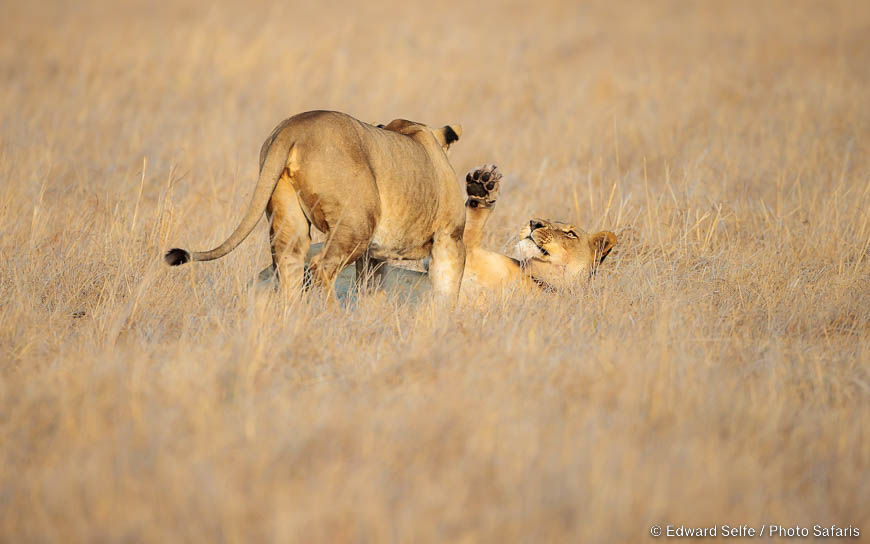
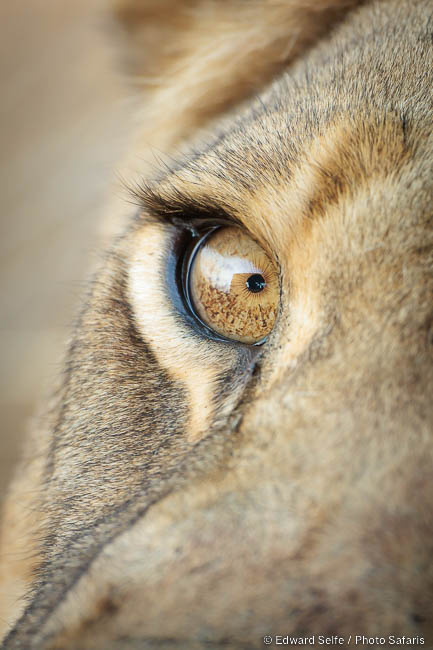
…and then settled in the shade of our vehicle!
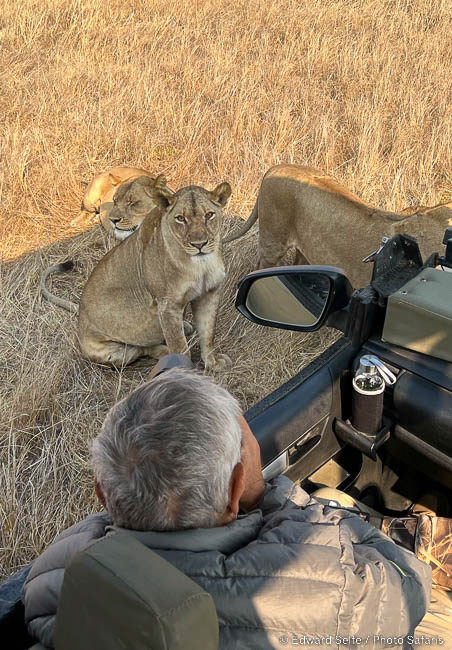
Heading north towards the wettest section of the plains, we found abundant lechwe…
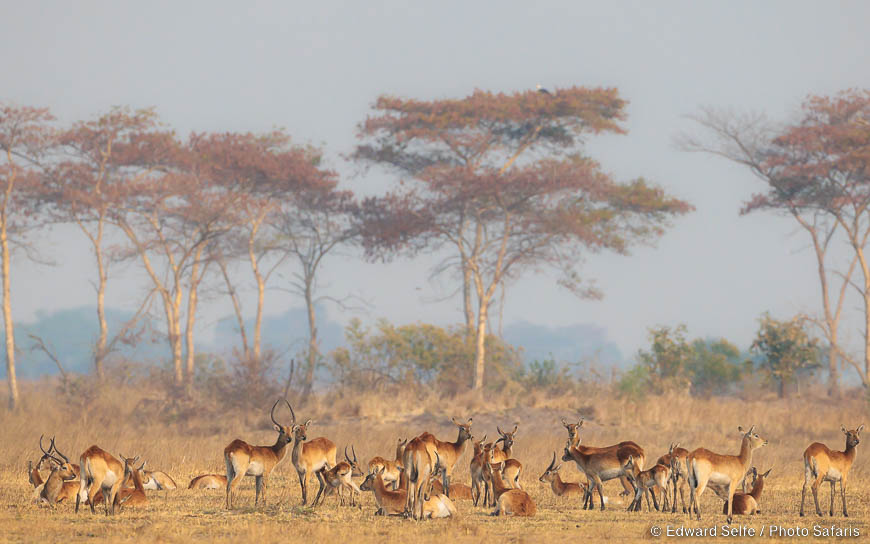
…and a hippo pool full of hippos and brimming with tension.
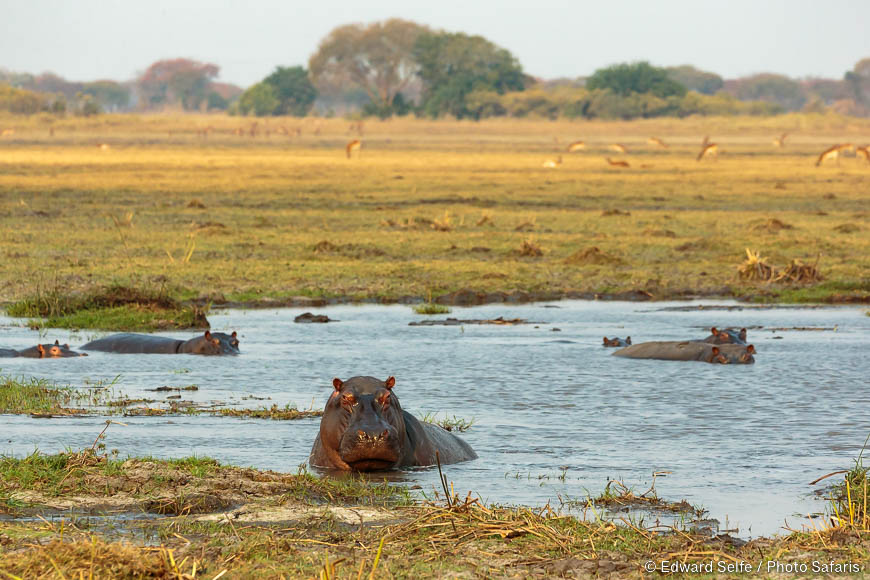
We could feel the stress between the bulls in the diminishing water and true-enough, a series of scuffles broke out between a young bull (who couldn’t find a patch of water to settle in) and the two incumbent bulls (who were keen to eject him!).
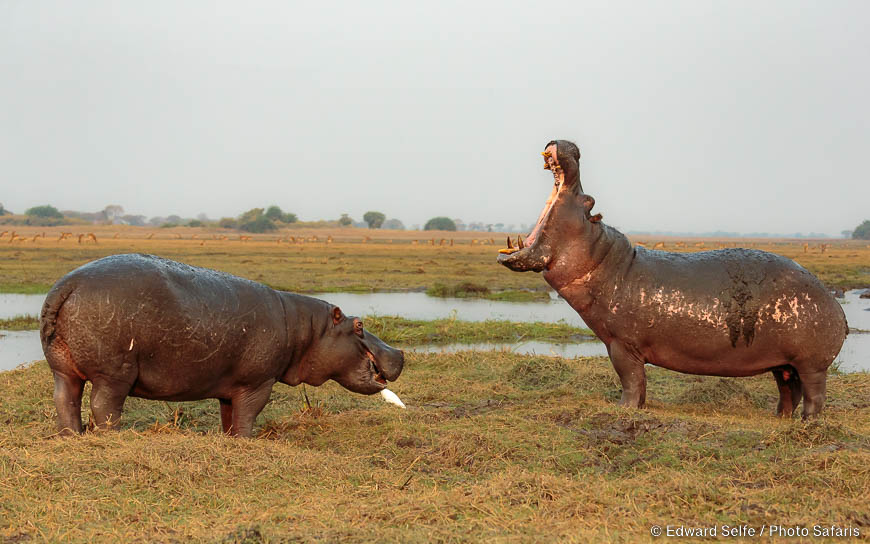
The drama was spectacular. Visit my Instagram page to see the videos of the action in slo-motion!
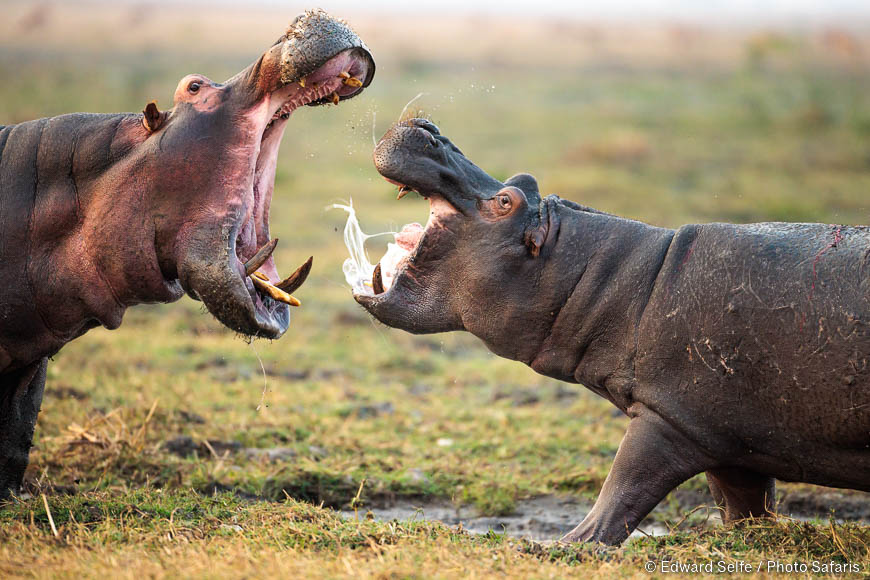
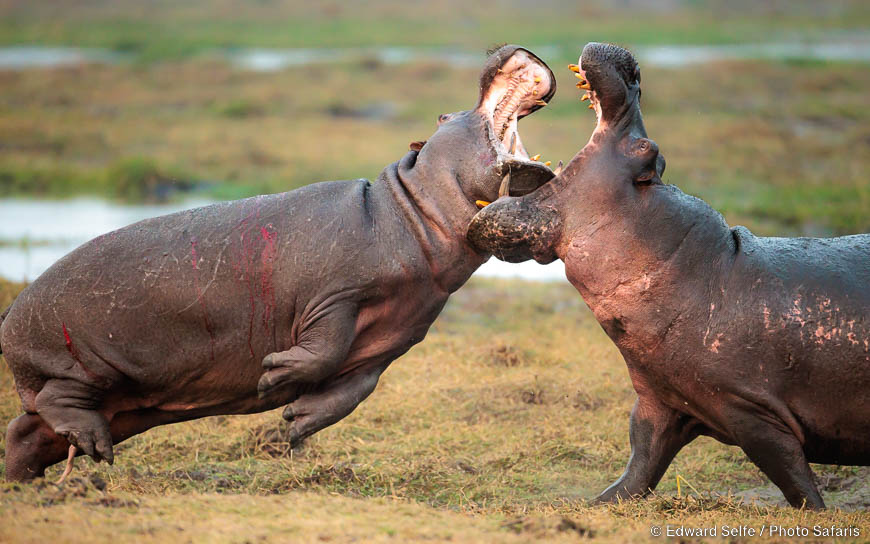
At one stage, a large bull lifted the youngster off the ground with his mouth, rolling the youngster onto his side. We expected to see the dominant bull drive home his advantage, but he relented and let him go.
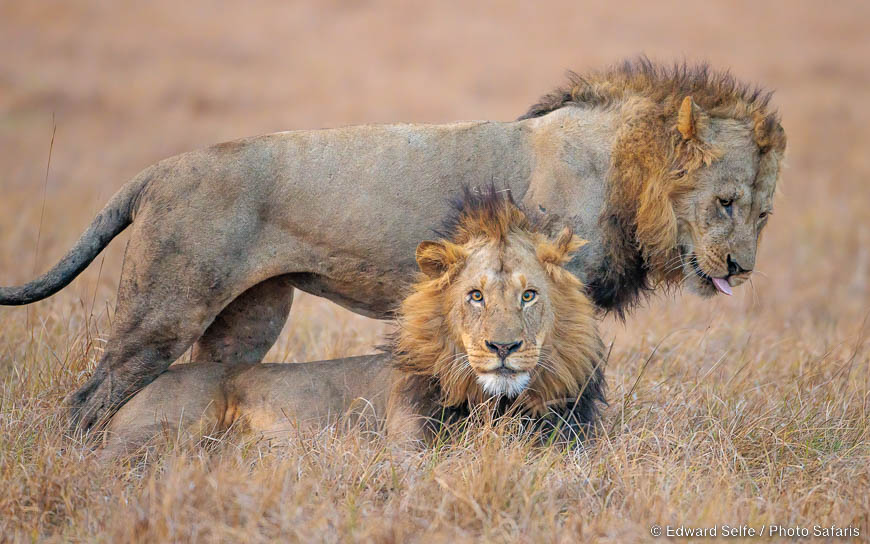
Our final morning in Busanga was full of fun as we found The General & Mohawk again in the early morning.
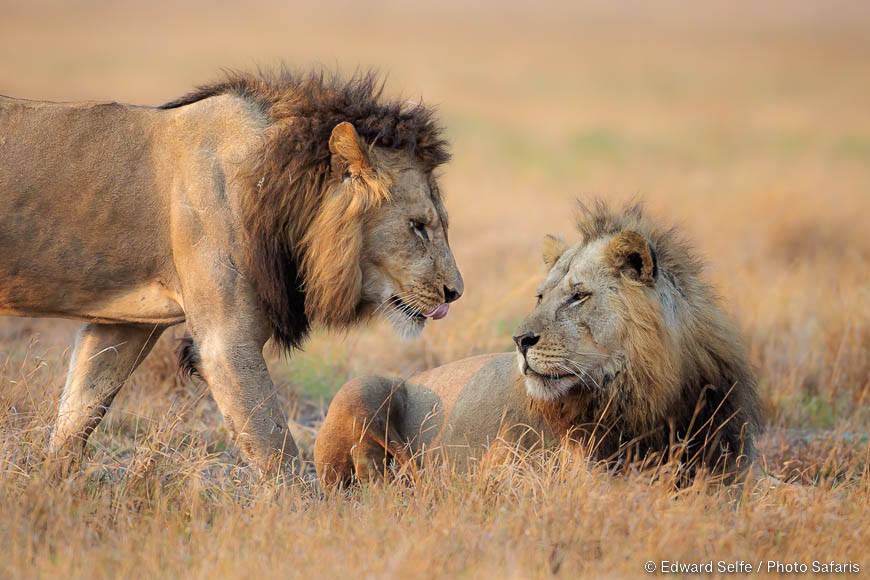
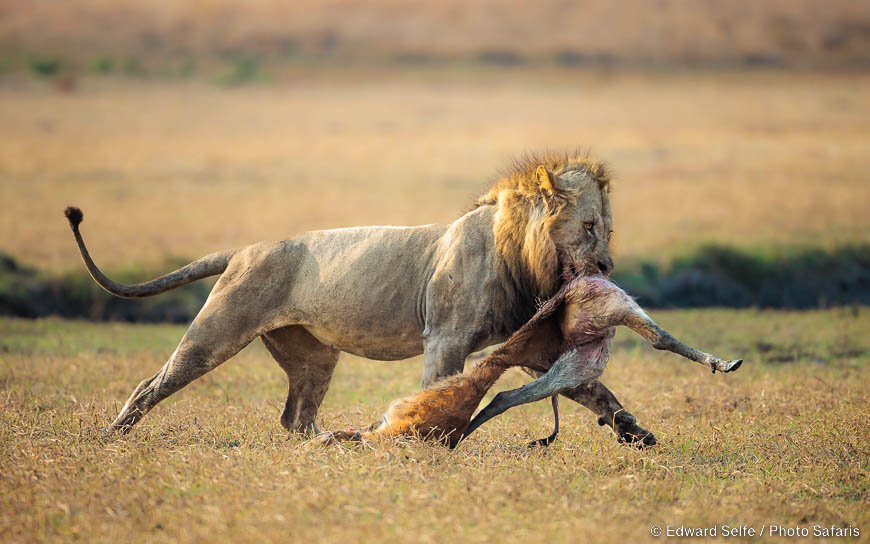
Mohawk spotted a lechwe carcass with vultures on it, and ran over to steal it. He subsequently fed on it all morning and then finally returned to the thickets to join his brother.
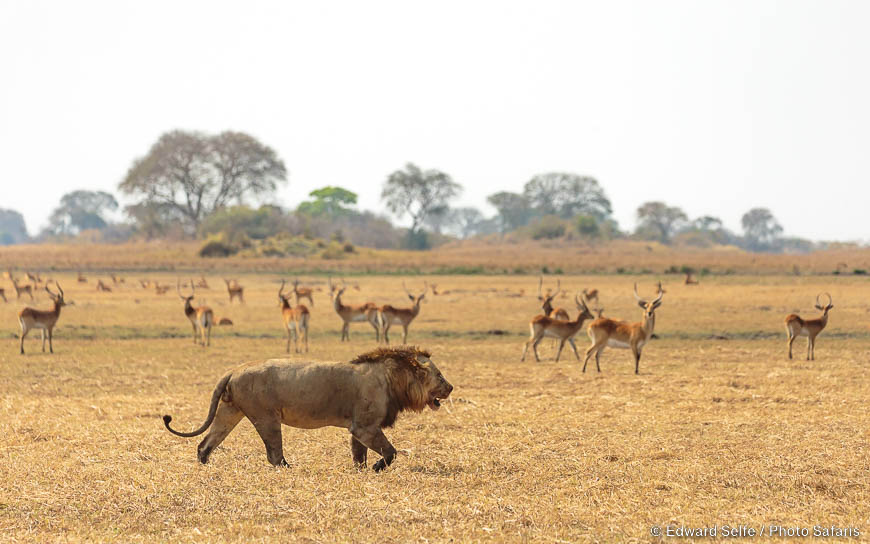
Lions are a fact of life for lechwe in the Busanga plains so they barely move out of the way, but just watch as they pass.
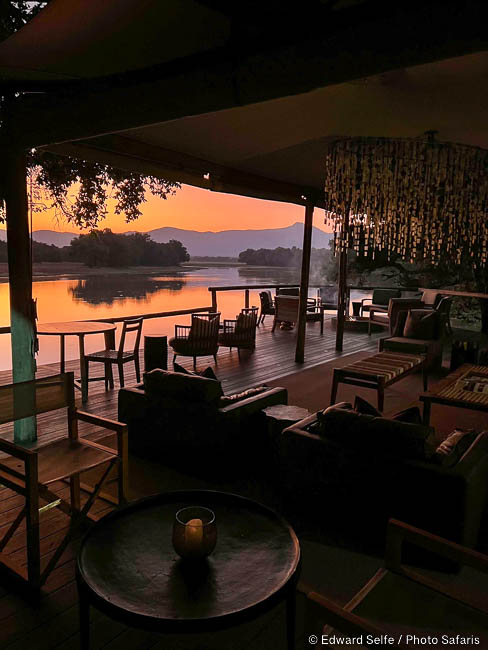
We stayed overnight in Lusaka and then flew to the Luangwa the following morning. We headed to Chindeni Camp which would be our home for the next 3 nights. This was the view when I went for breakfast on our first morning at 04:45.
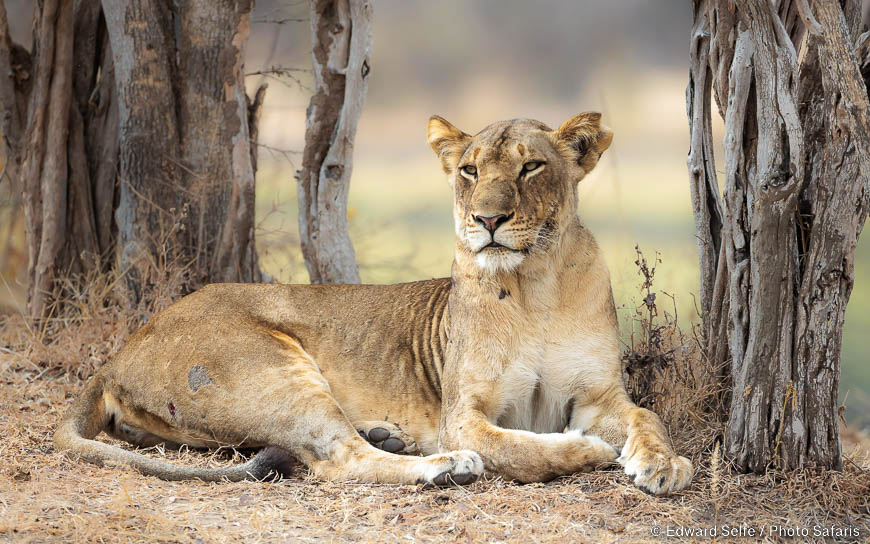
We enjoyed great sightings in the Luangwa, as always, including this regal lioness…
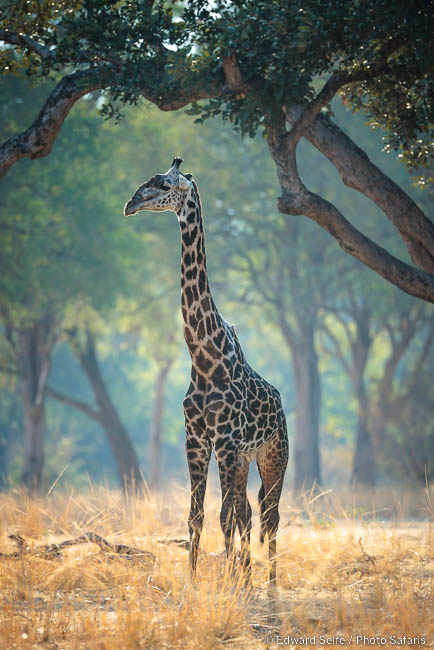
…a bull giraffe who stood very handsomely for us in a beautiful setting..
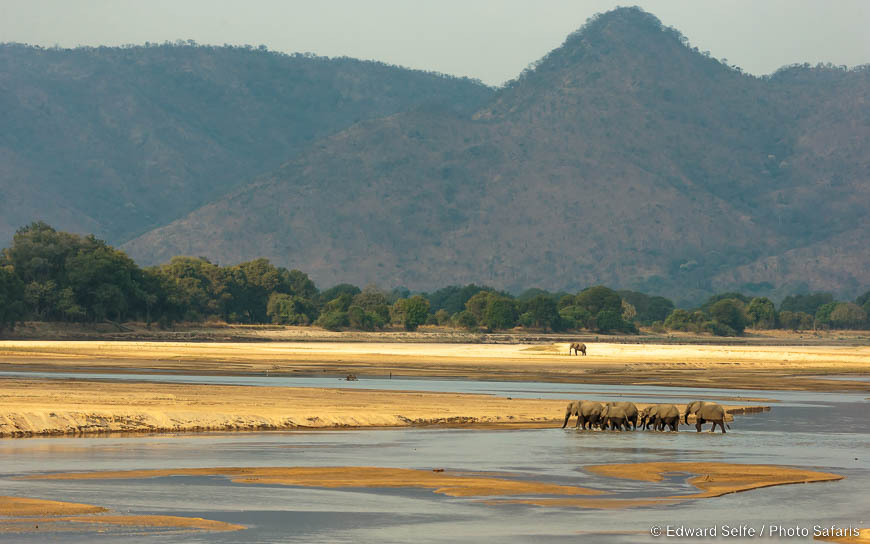
…and the scenaries of the Chindeni Hills all around.
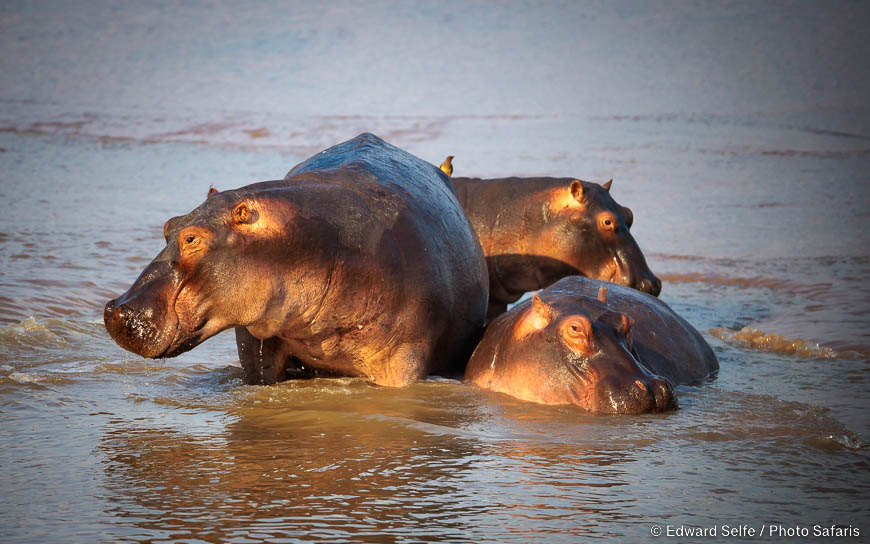
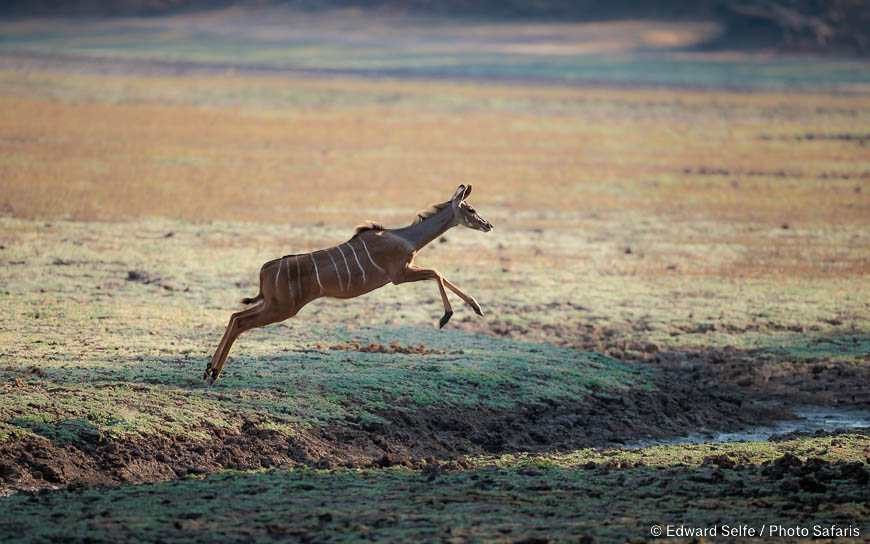
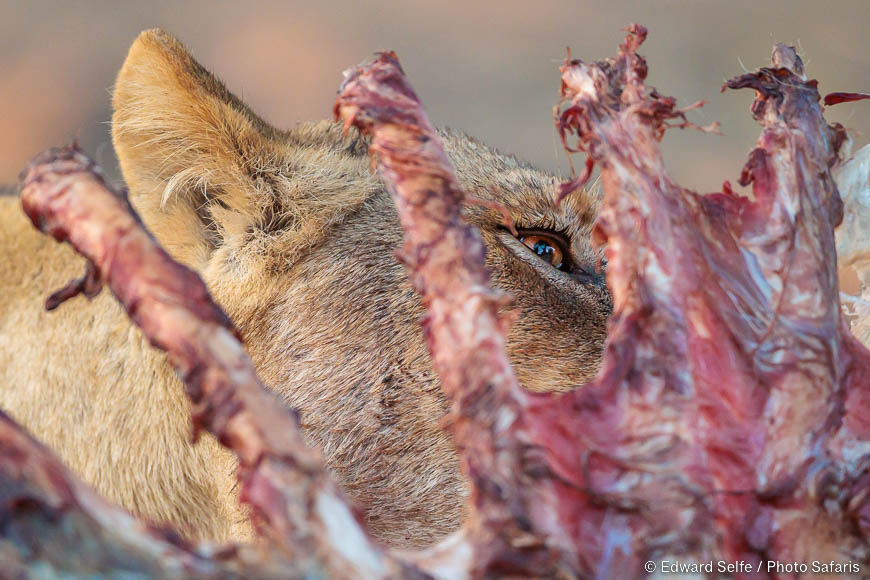
On our second day, the Chamilandu Pride killed a hippo, and we enjoyed great viewing of them feasting on the carcass…
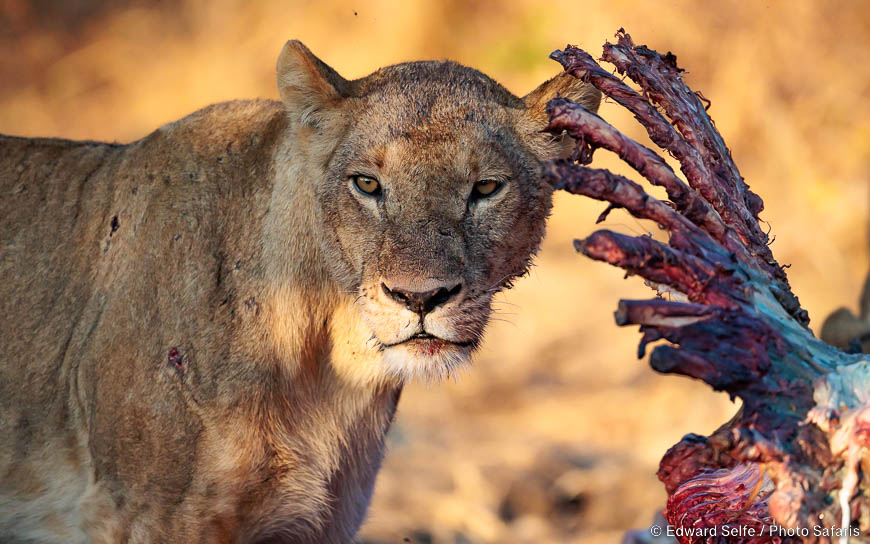
….there is something odd about a scene as gory as this in the soft morning light!
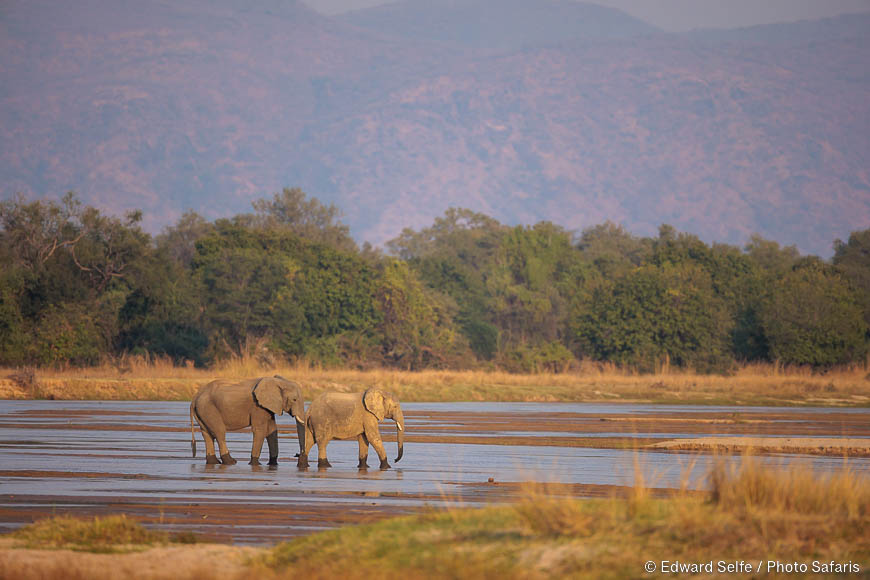
At Bilimungwe, some 15kms from Chindeni, we spent more time at the Kapamba River which is down to a trickle at this time of year. Elephants came to drink regularly….
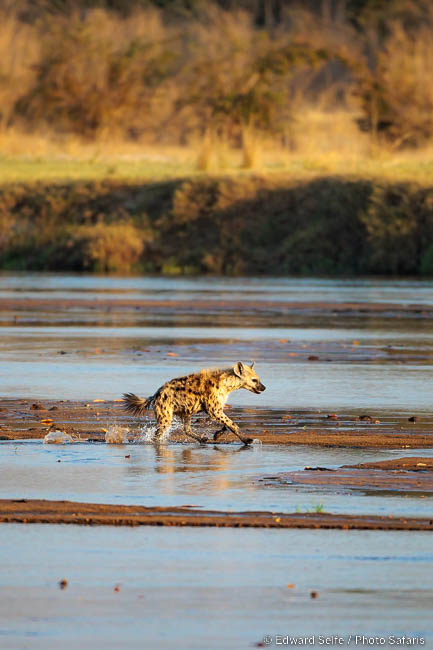
…hyaenas ran through it when scavenging from the local pack of painted dogs…
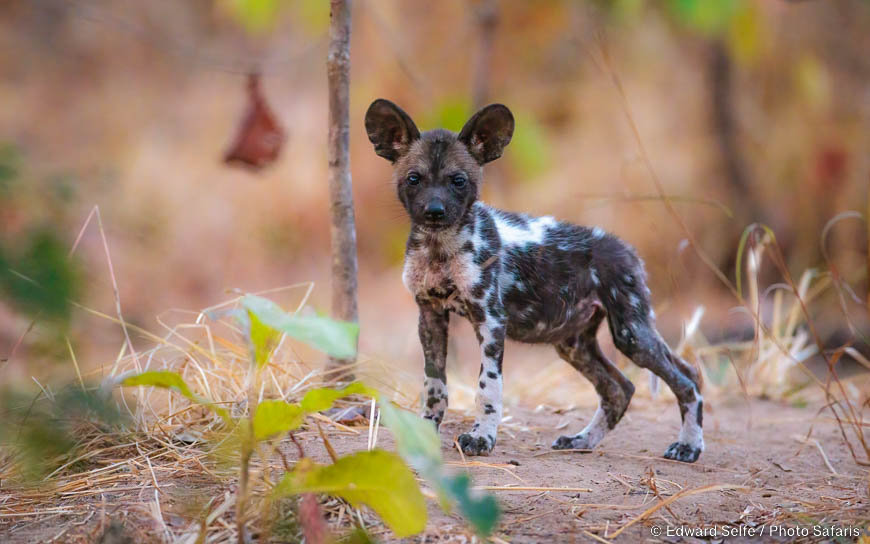
…and those same wild dogs had made their den nearby. We spent several long sessions at the den, watching the puppies and waiting for the right moments to capture them playing and interacting with the 4 adults.
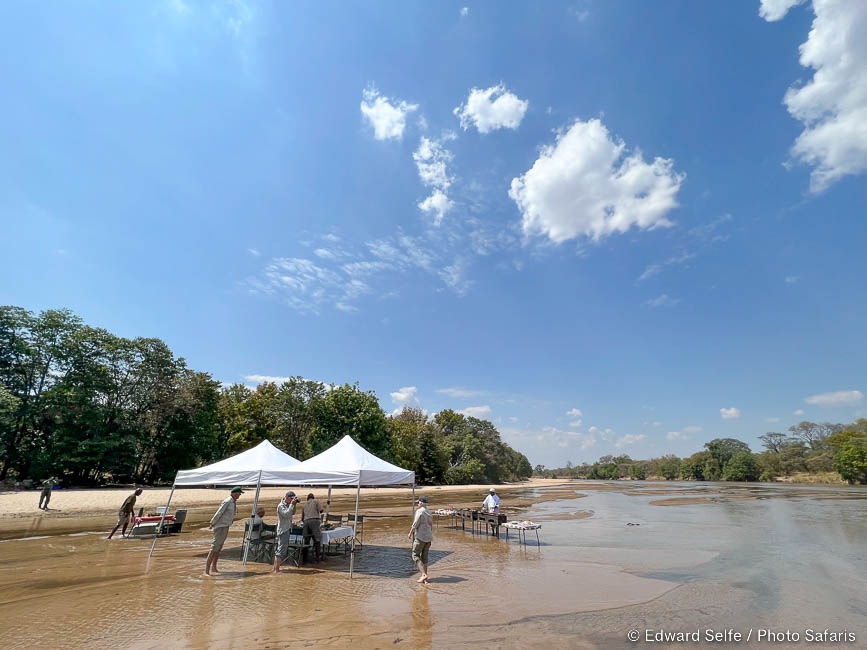
The Bushcamp Company threw a surprise lunch for us in the shallows of the river one day. There was a breeze, the chance to cool our feet, and the usually delicious food. What a treat.
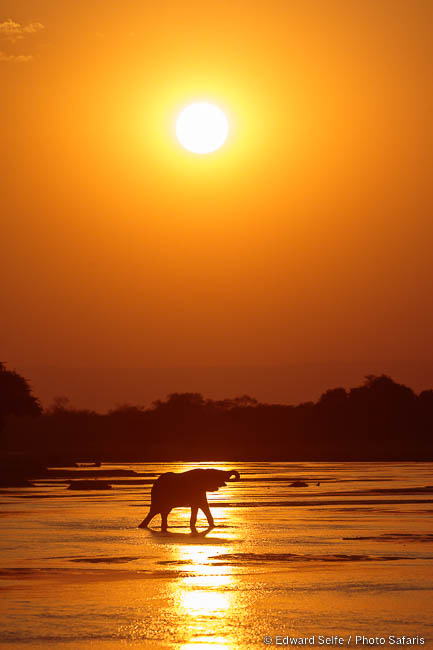
With 3 weeks on safari, we can choose to devote a whole afternoon to a particular event, and so it was that we decided we wanted to wait for elephants to cross against the sunset at a particular section of the Kapamba river. Several crossed, but it wasn’t until the light developed this amazing red colour that we knew we had the prime shot.

A short flight down the valley took us to the Lower Zambezi National Park and to Anabezi Camp. This camp is top end luxury but, crucially for a photo safari, is in the best location in the Valley, at the eastern end of the prime game viewing area.
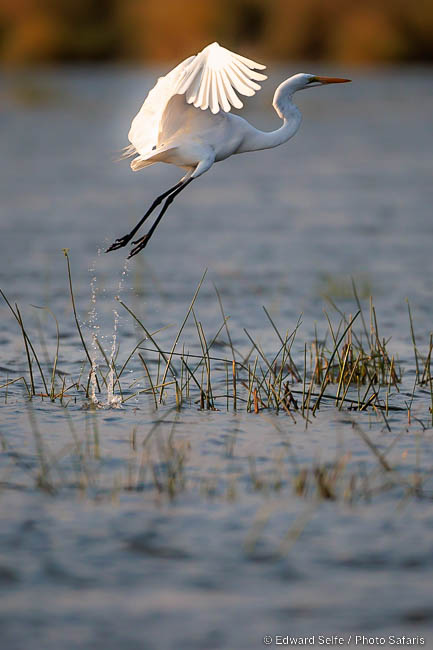
By this time, we had taken a lot of drives, so we opted for the boat on our first afternoon.
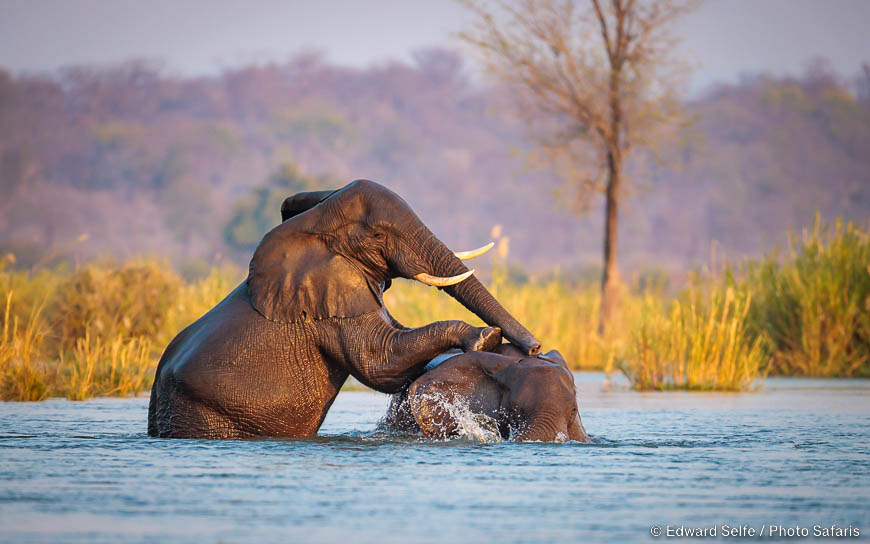
It was spectacular. Birds along the banks, hippos in the water and, at sunset, elephants playing in the river!
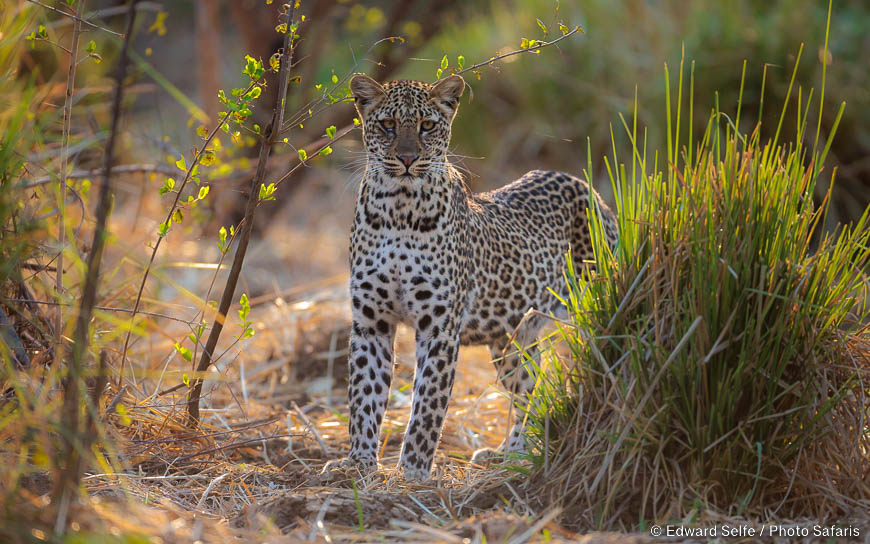
The game-viewing was unbelievable. Day after day, beautiful sightings emerged from the bush. And not just sightings, but subjects doing interesting things and showing special behaviours. We were really spoilt.
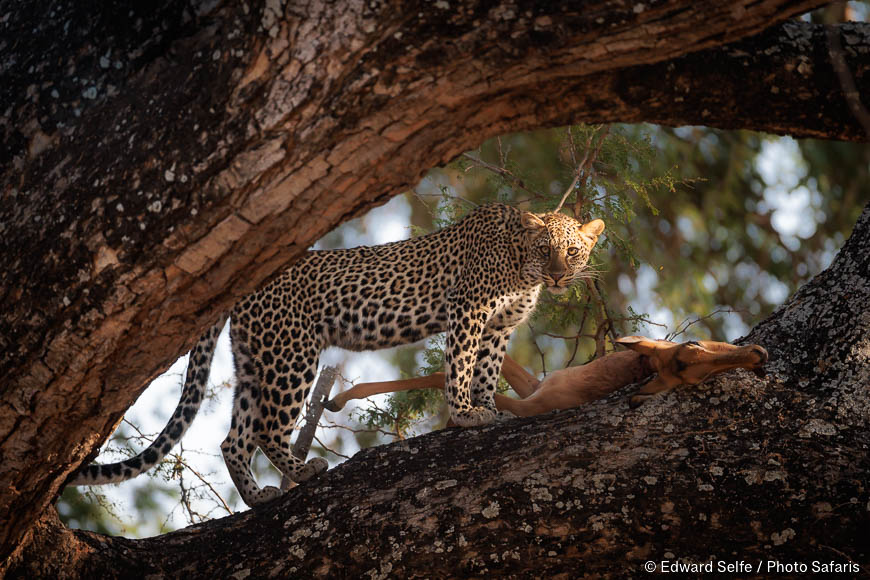
Our very first morning drive was spent with a mother and her two sub-adult leopard cubs as they moved between the two kills that they had made in the night…!
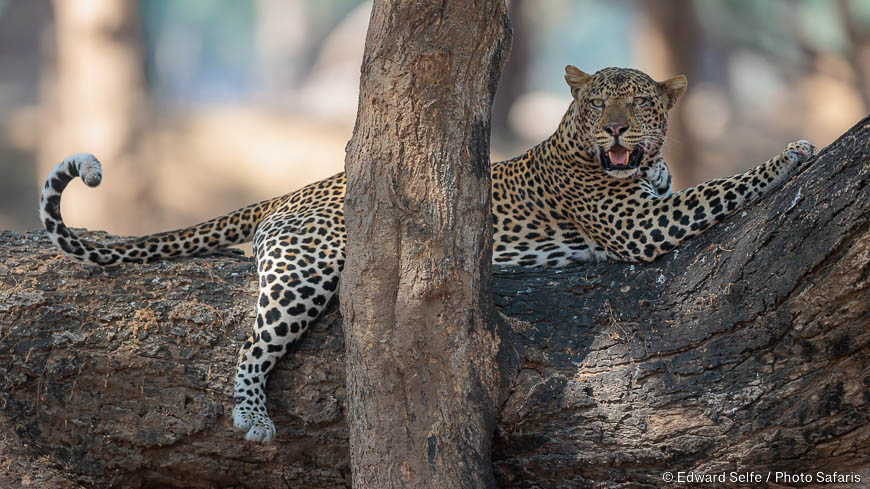
Later that same morning, alarm calls from baboons led us to a big male leopard who lounged on a log for us to enjoy….
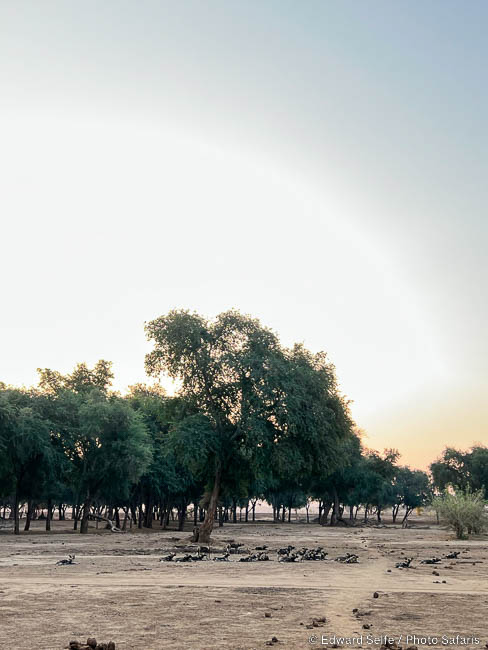
That evening, we caught up with the resident wild dog pack, a mere 28 strong…, who were hunting on the floodplains close to Anabezi. They chased all round the area, finally catching a waterbuck and rendering it to nothing in 40 minutes.
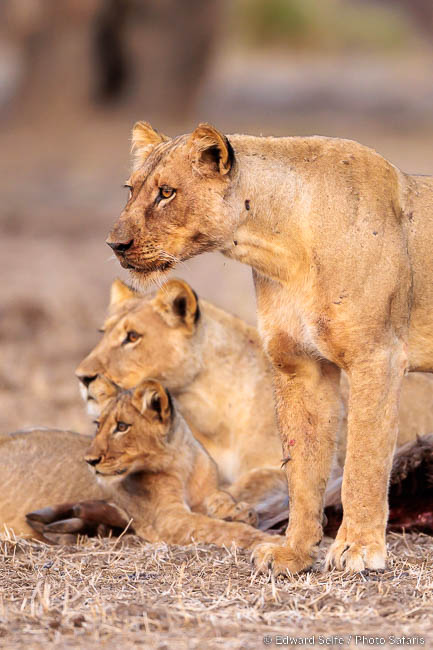
Very early the very next day…..I spotted 3 lions on a second waterbuck carcass near camp. We spent the morning with them, using a drainage channel to get as low as possible, and enjoying the interactions between the 3 generations.
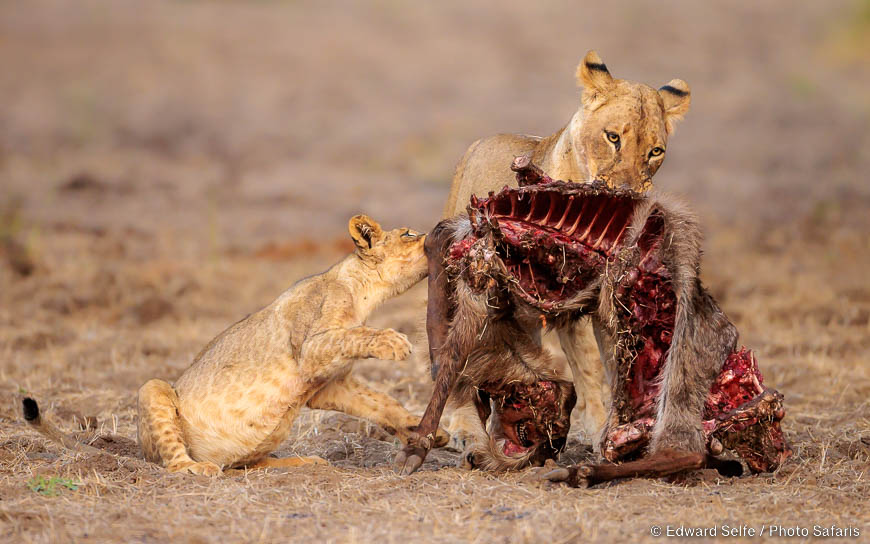
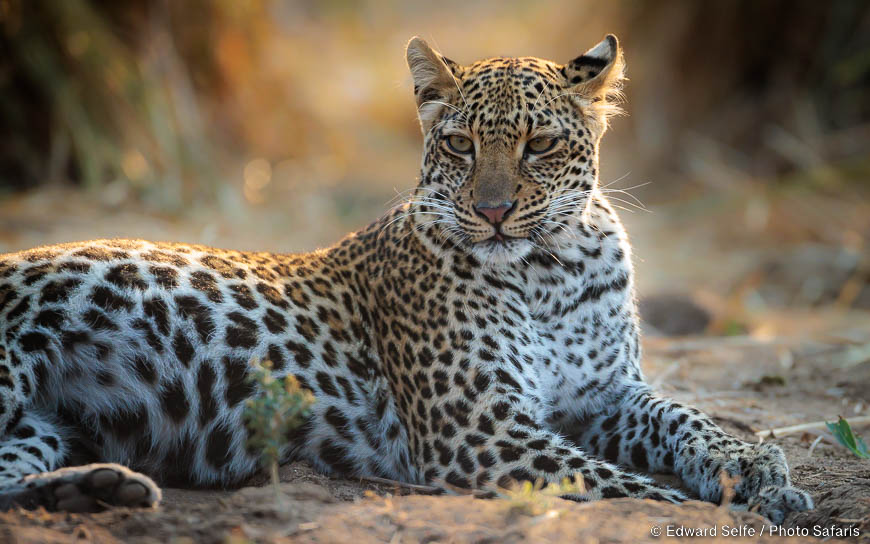
One of the young leopards showed up again that evening and simply showed off. The sightings that this little family have given me, and so many others, this year is wonderful.
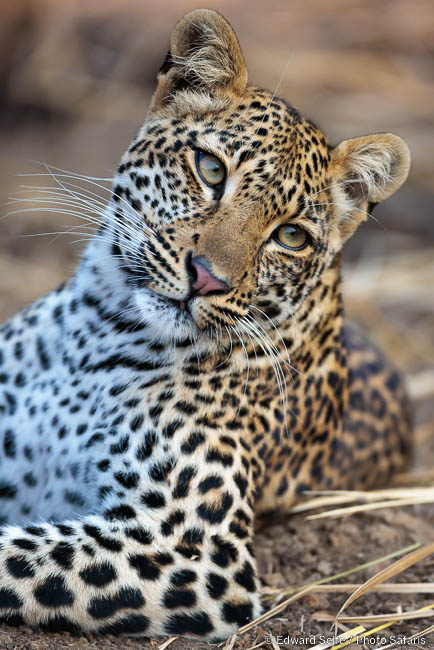
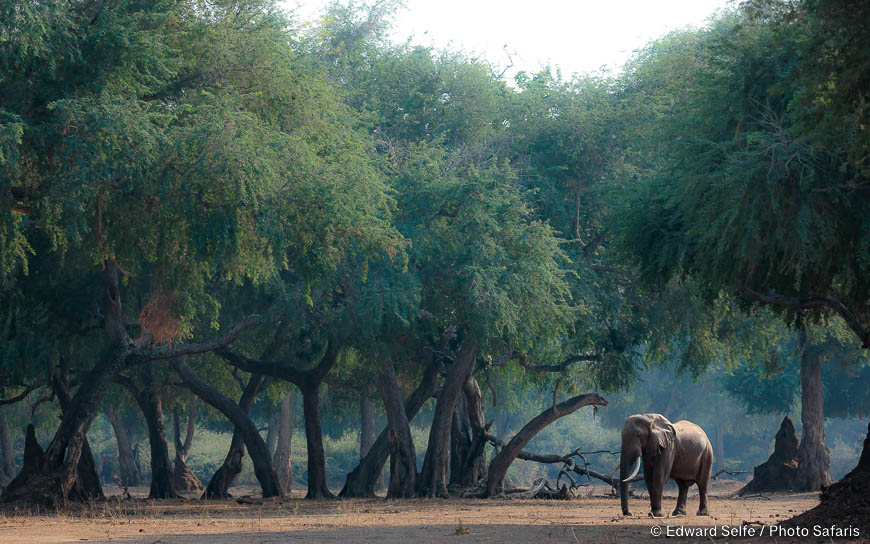
The predators had been dominating the headlines so much that we had missed so much of the other attractions of the area. We intentionally went in search of great light on the elephants of the winterthorn forests…but of course that led to a cloudy day!! One must just take what the bush offers, and not try to make it any other way!
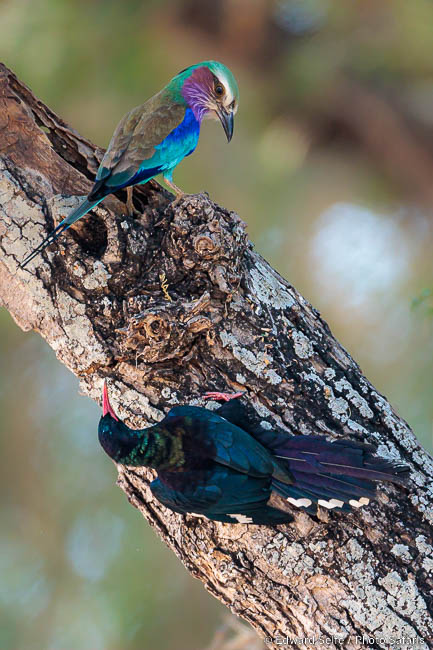
A confrontation between a Lilac-breasted Roller and a Green Woodhoopoe was an amusing and colourful moment….
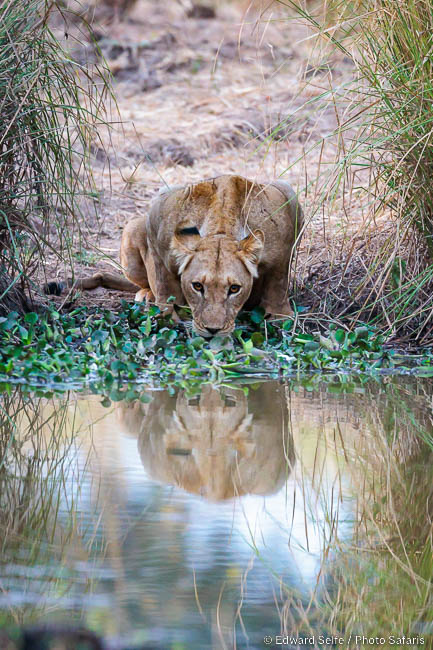
…and we managed to get to the right spot to make this lovely image of a lioness coming to drink after they finished their waterbuck kill.
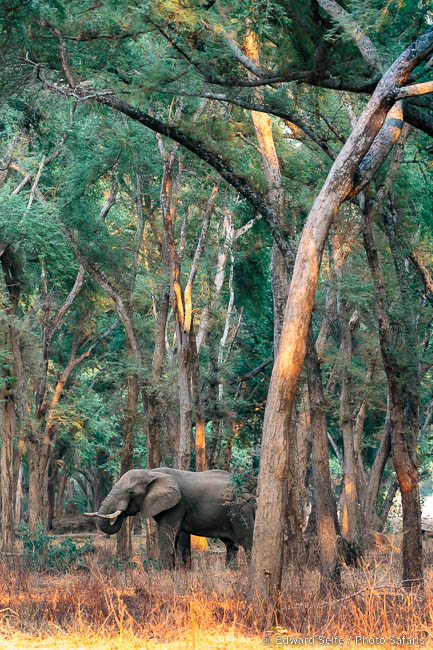
The cloud cleared the skies and the light in the following two days was wonderful. This elephant image is perhaps my favourite from the Lower Zambezi.
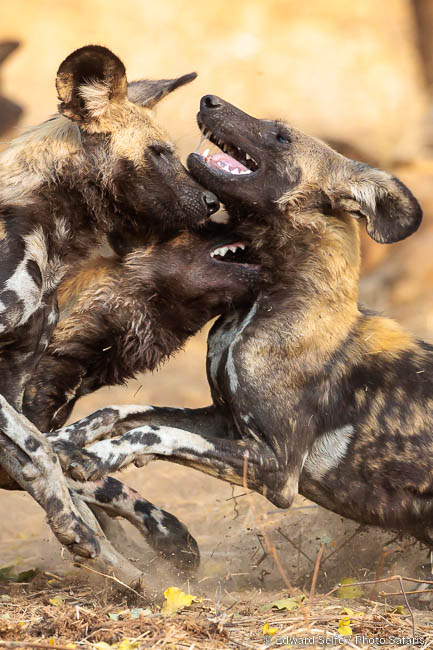
Late that morning, we found the same pack of wild dogs feeding on two buffalo carcasses! This pack has grown so much in size that they are now targeting large prey, much as lions do. Part of the reason they have grown in size is that the pack has had 2 litters for each of the last 2 years. This is unusual in wild dog society which normally operates with a breeding alpha pair and the rest of the pack are helpers. Two litters in 2021 led to a huge resulting pack, and the division between the two packs of yearlings is clear to see in their feeding frenzies….such as this moment of dominance by two yearlings over another.
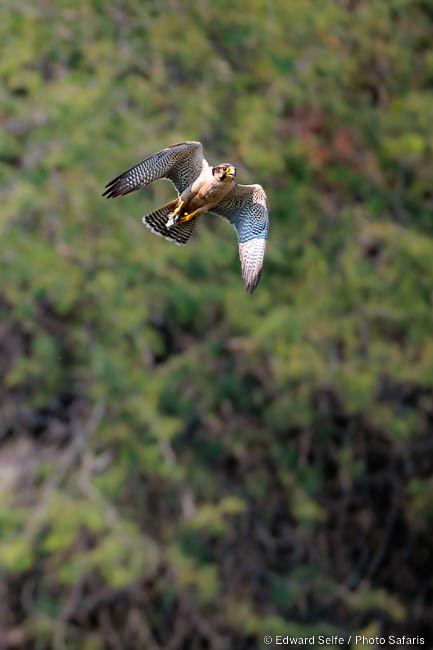
During breakfast at green pool, I spotted a red-necked falcon hunting jacanas — it missed but on the fly-past, my Canon R5 was able to capture the action.
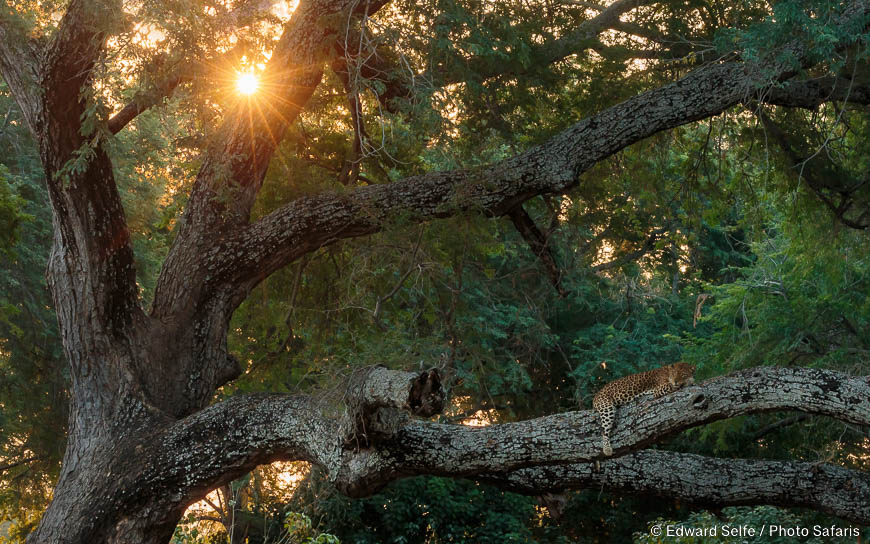
It was coming to the end of our time in Lower Zambezi and in fact our whole trip, but the bush still had much in store for us. A big leopard lounging on a long branch at sunset….
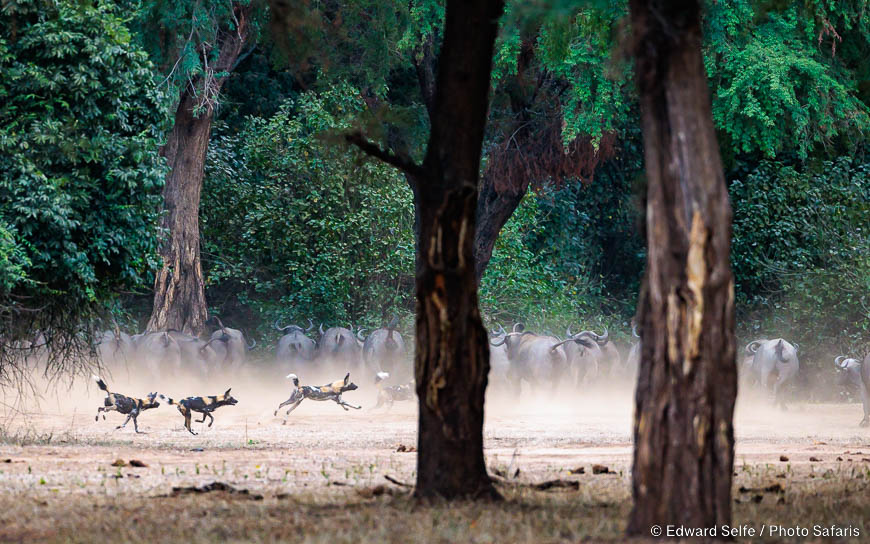
…and on our final morning, a superb show of co-operation when the wild dog pack took on a herd of buffalo in front of our eyes. Gruelling to see the demise of a buffalo calf, but phenomenal to see the determination, persistence and sheer bravery of the dogs to take on such a big target.
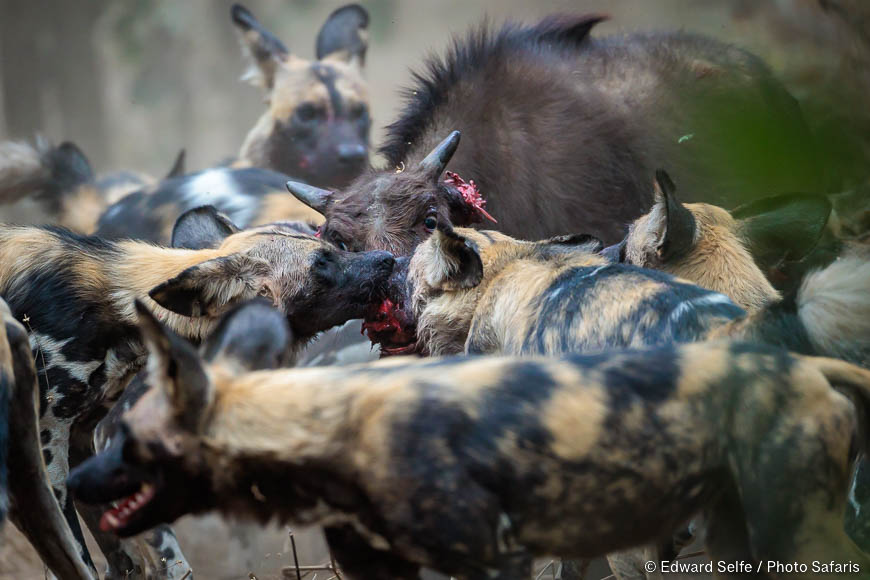
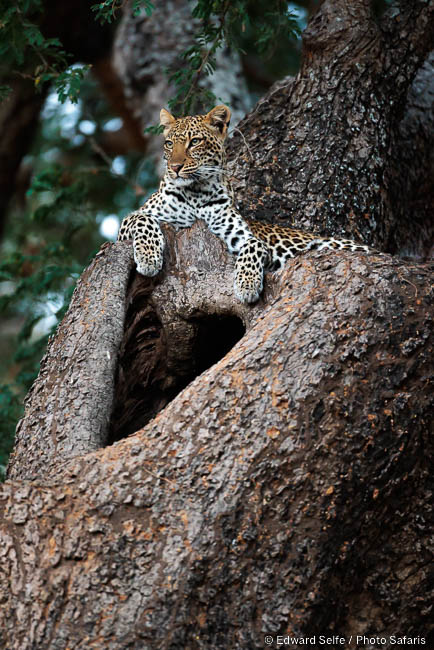
Could there be any more to see? Of course there could. The Lower Zambezi had one more treat for us. One of the two sisters, up a tree, resting on top of a heart-shaped tree-scar. What an ending!
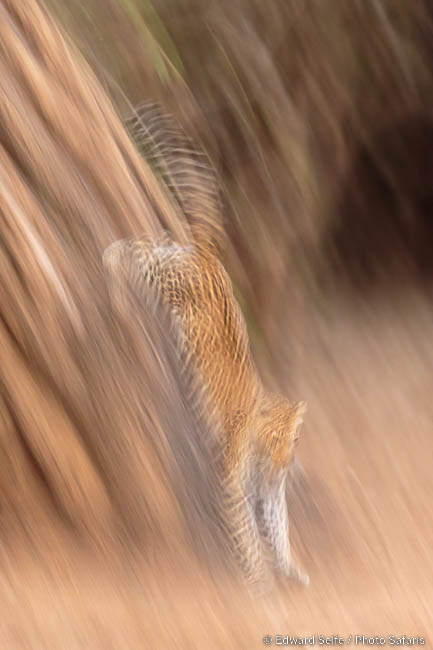
But of course, being me, I wanted more for my guests, so I started to talk about capturing panning blur shots as the leopard descended the tree. All the guests laughed at my tendency to push more from every sighting, but we all had a go at shooting the descending leopard at 1/5sec!
There are a lot of images from this trip (over 240) which I have kept but which do not make it into this report. In fact, any of them could have featured, such was the quality of the sightings that we enjoyed on this trip. There are a lot of predator images in this report, and that is because they tend to appeal most strongly to us visually, but also because it is around predators that we tend to find action, reaction, behaviour, movement and intensity. Those are the key factors that we look for in wildlife photography and it is why we spend a disproportionate amount of time with the carnivores. Behind these images are hundreds of great moments with a range of species, representing the intense quality of the wildlife heritage in Zambia. Those who have been here already know what I mean, and those who are yet to discover it have a wealth of treasures to explore.

